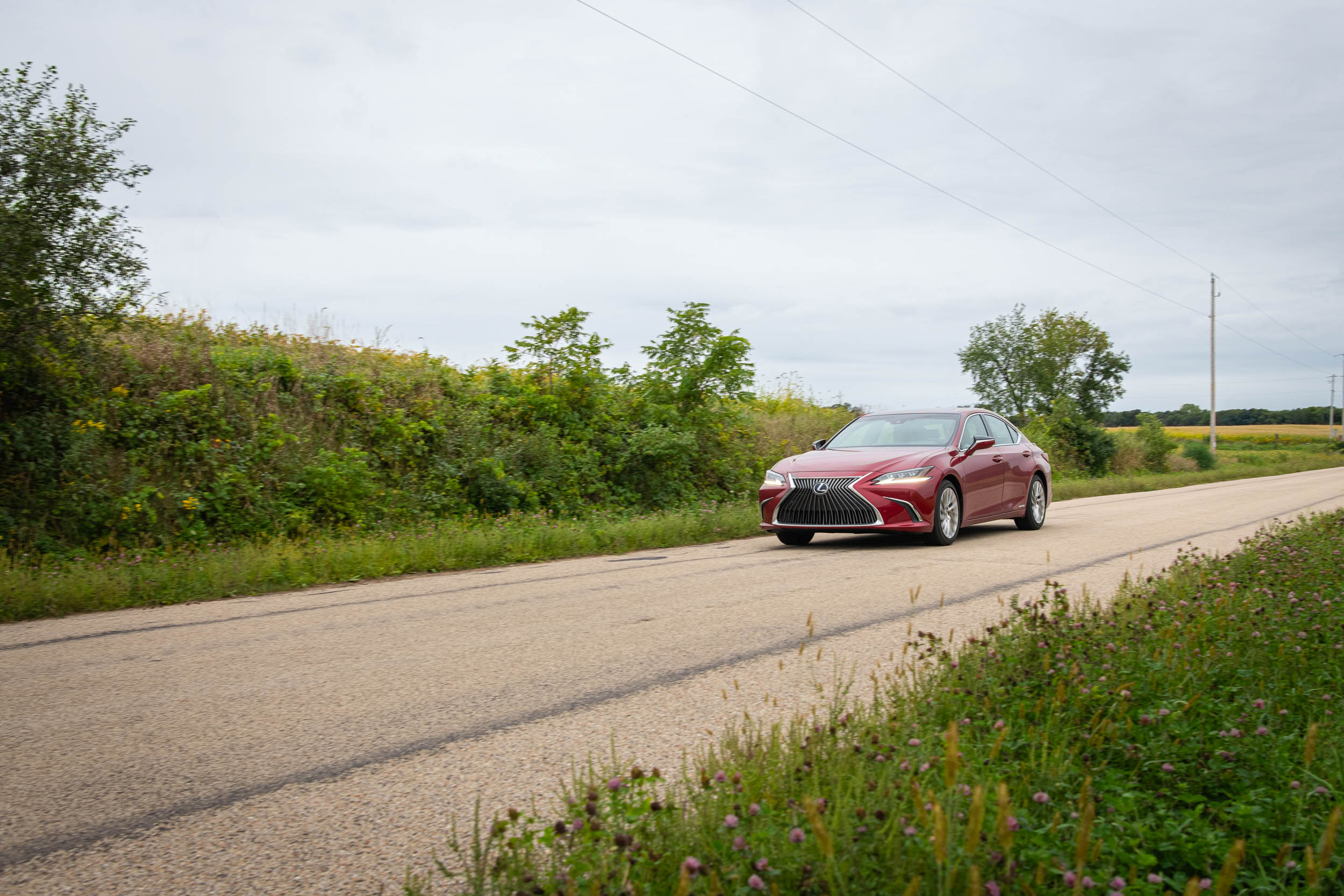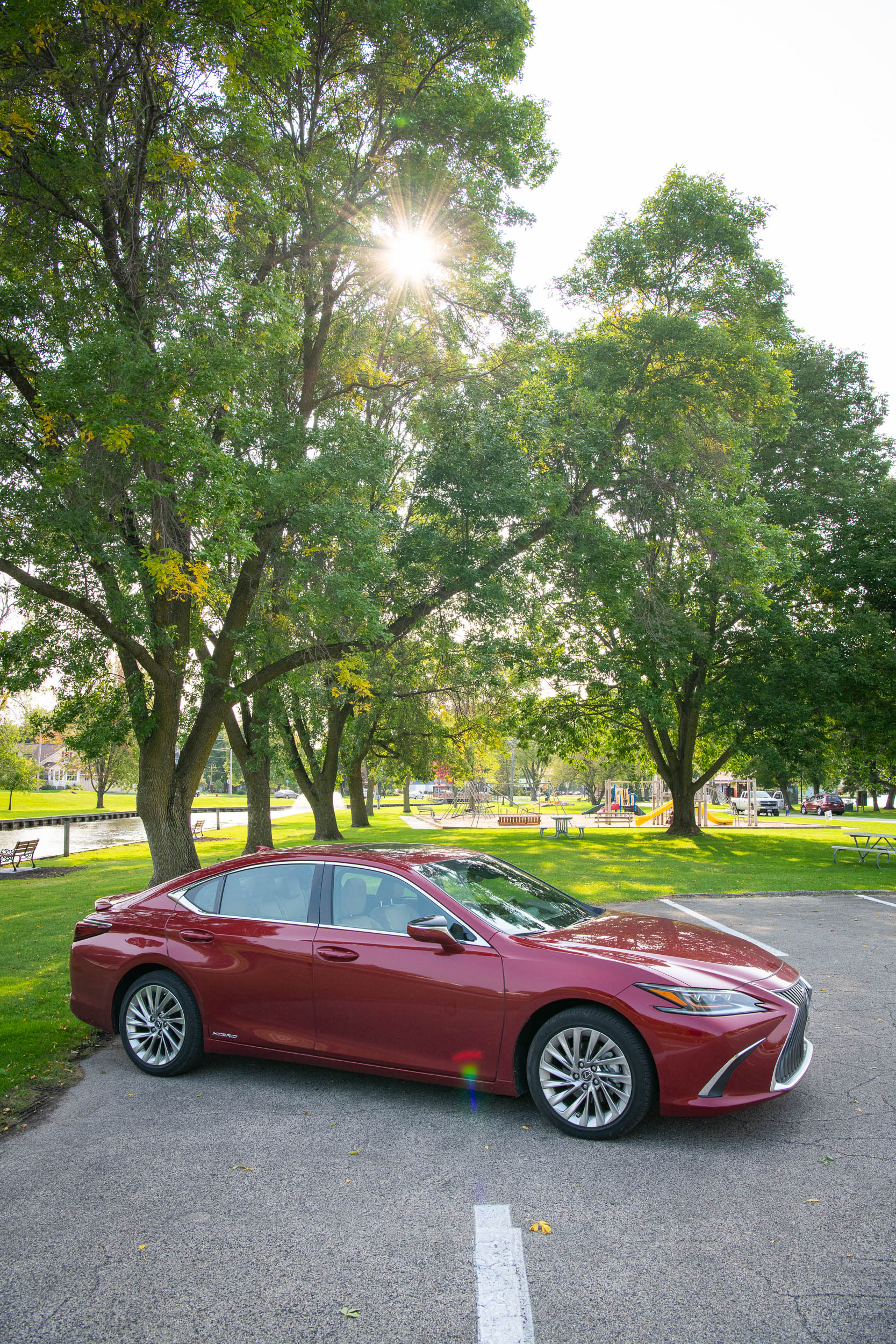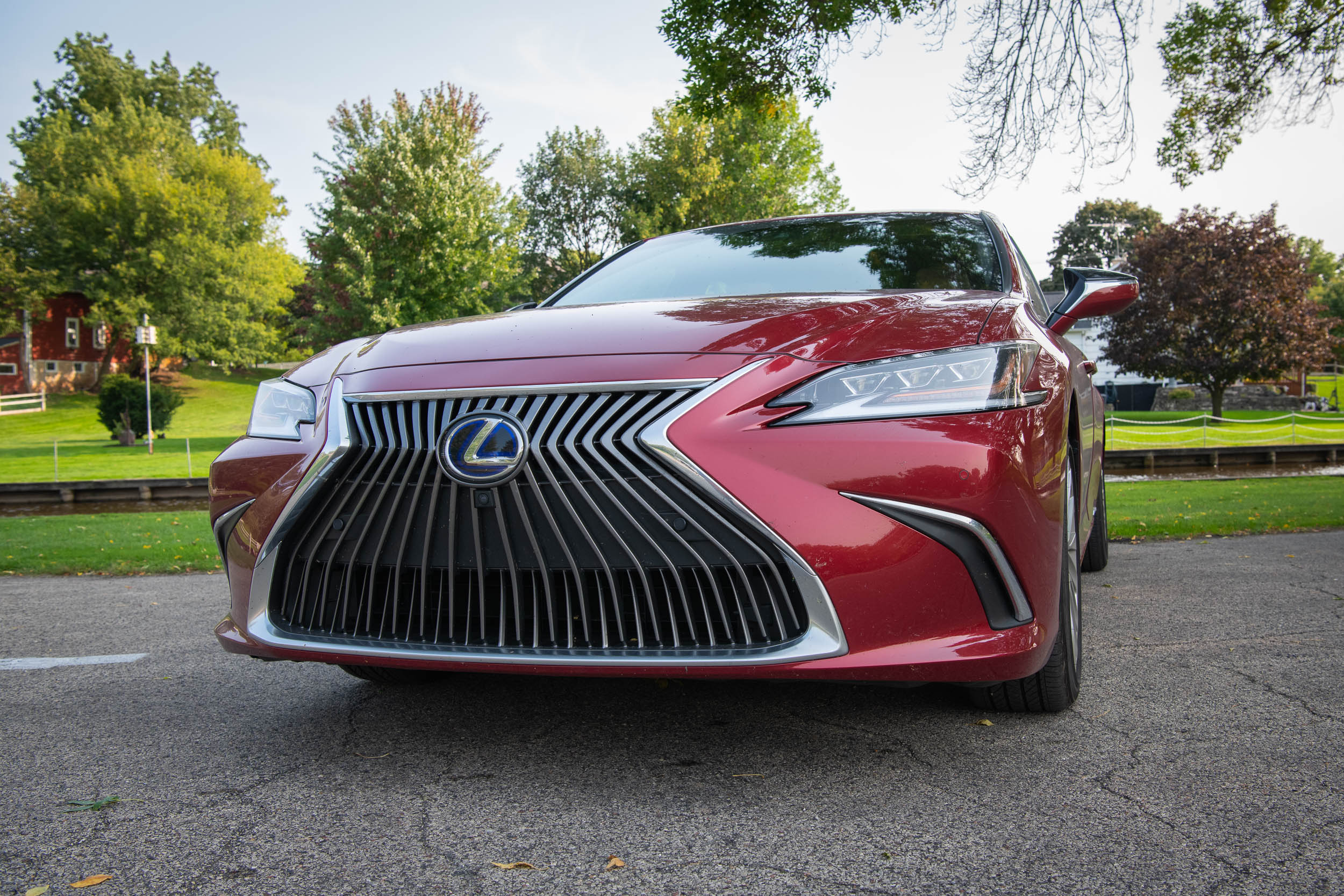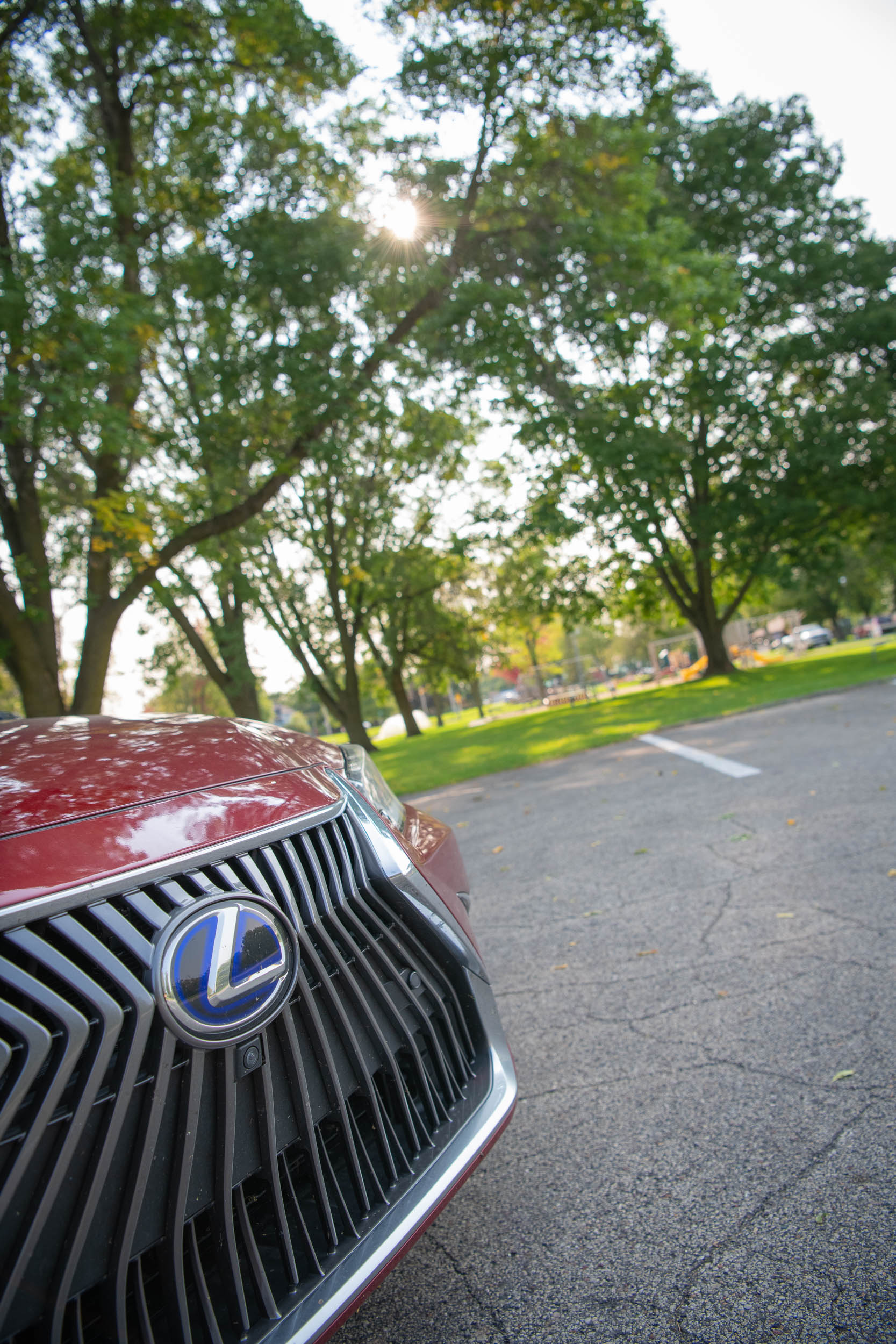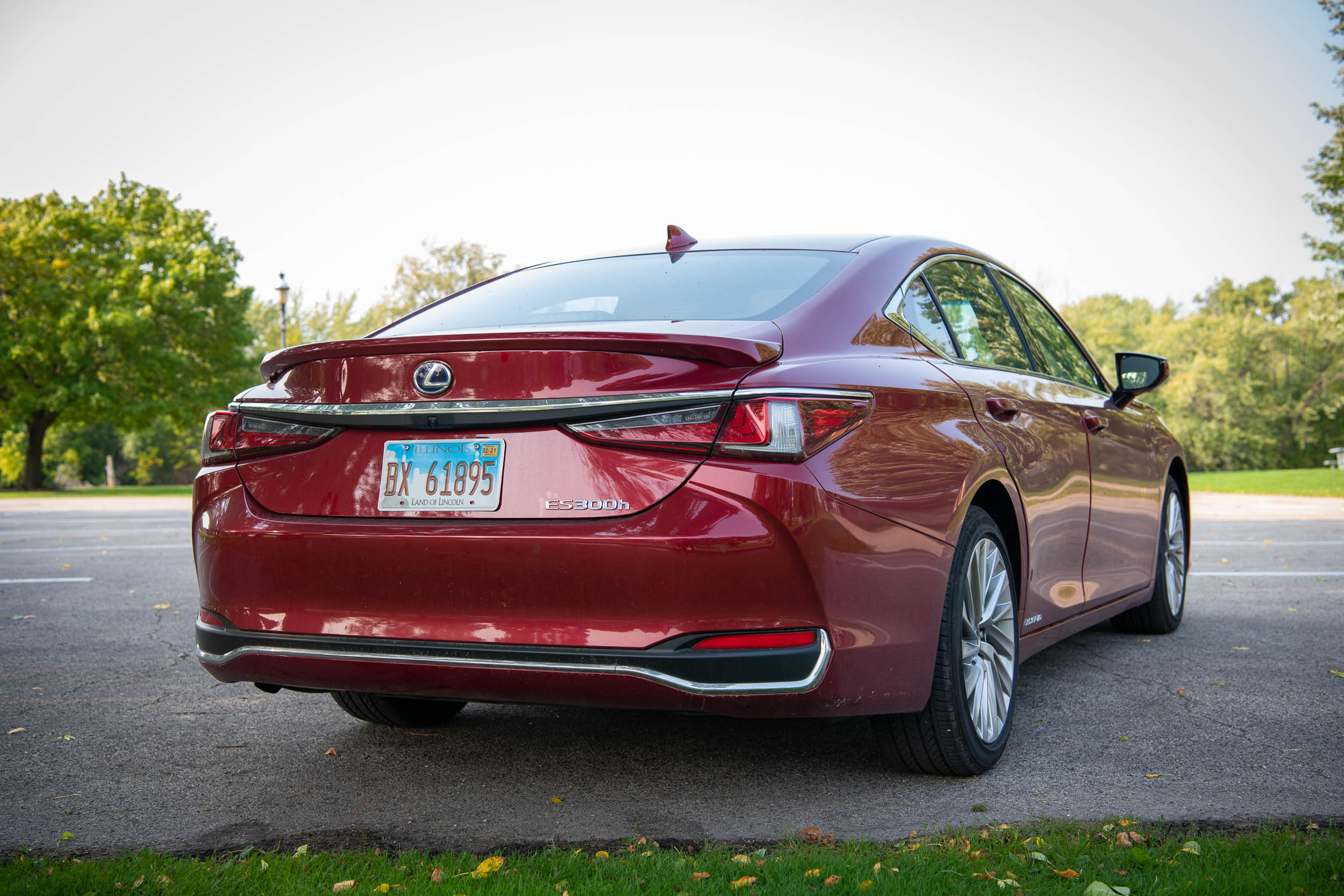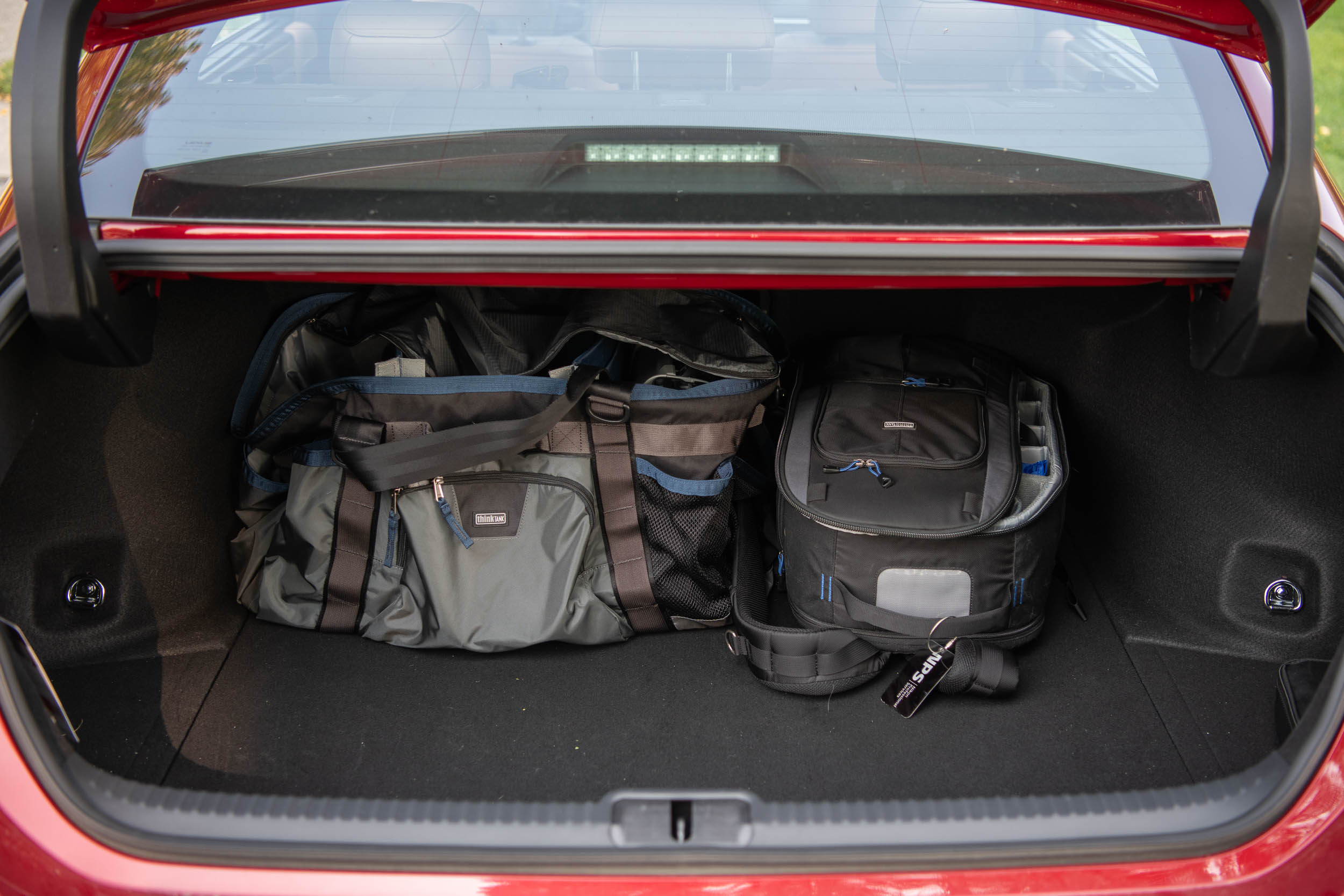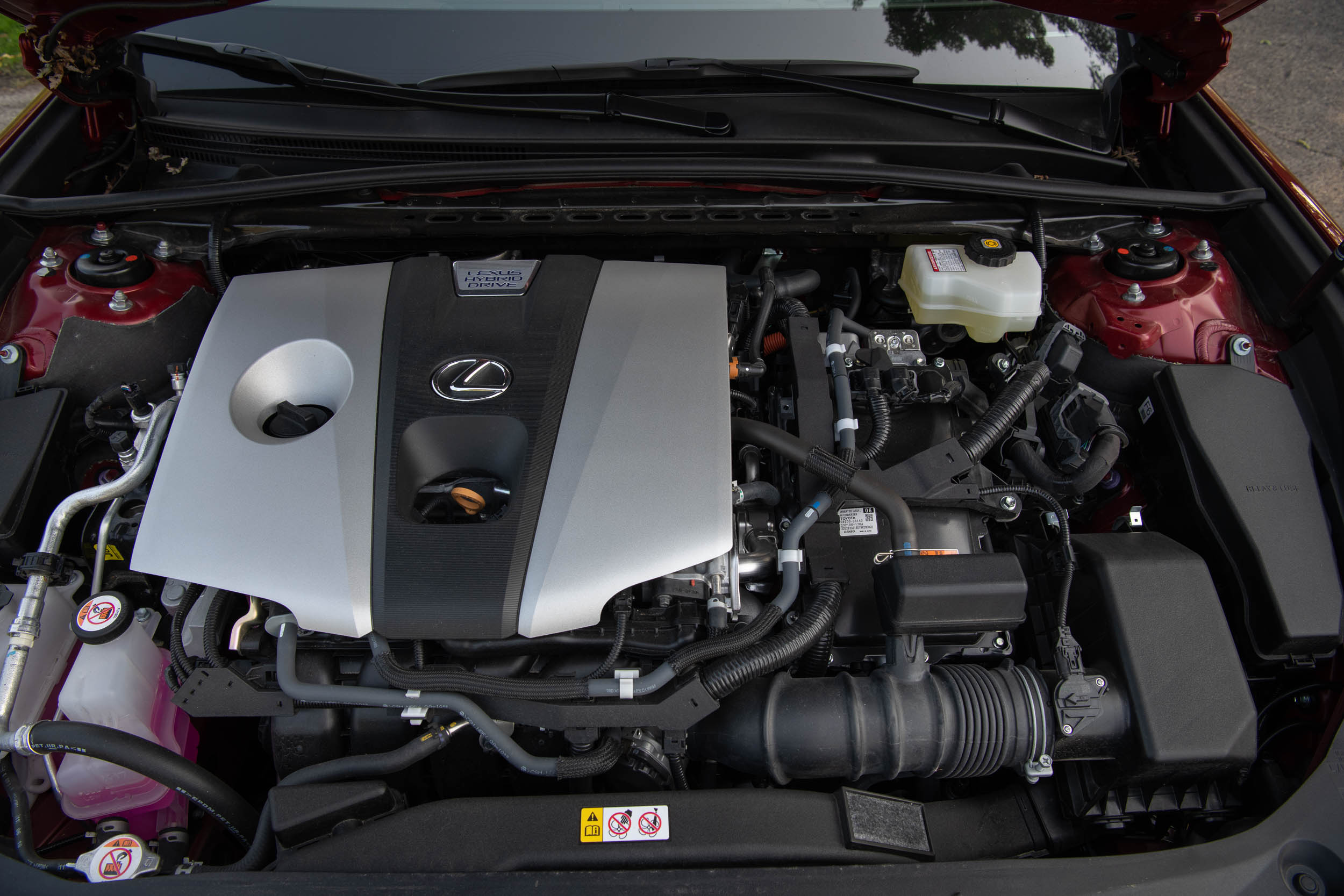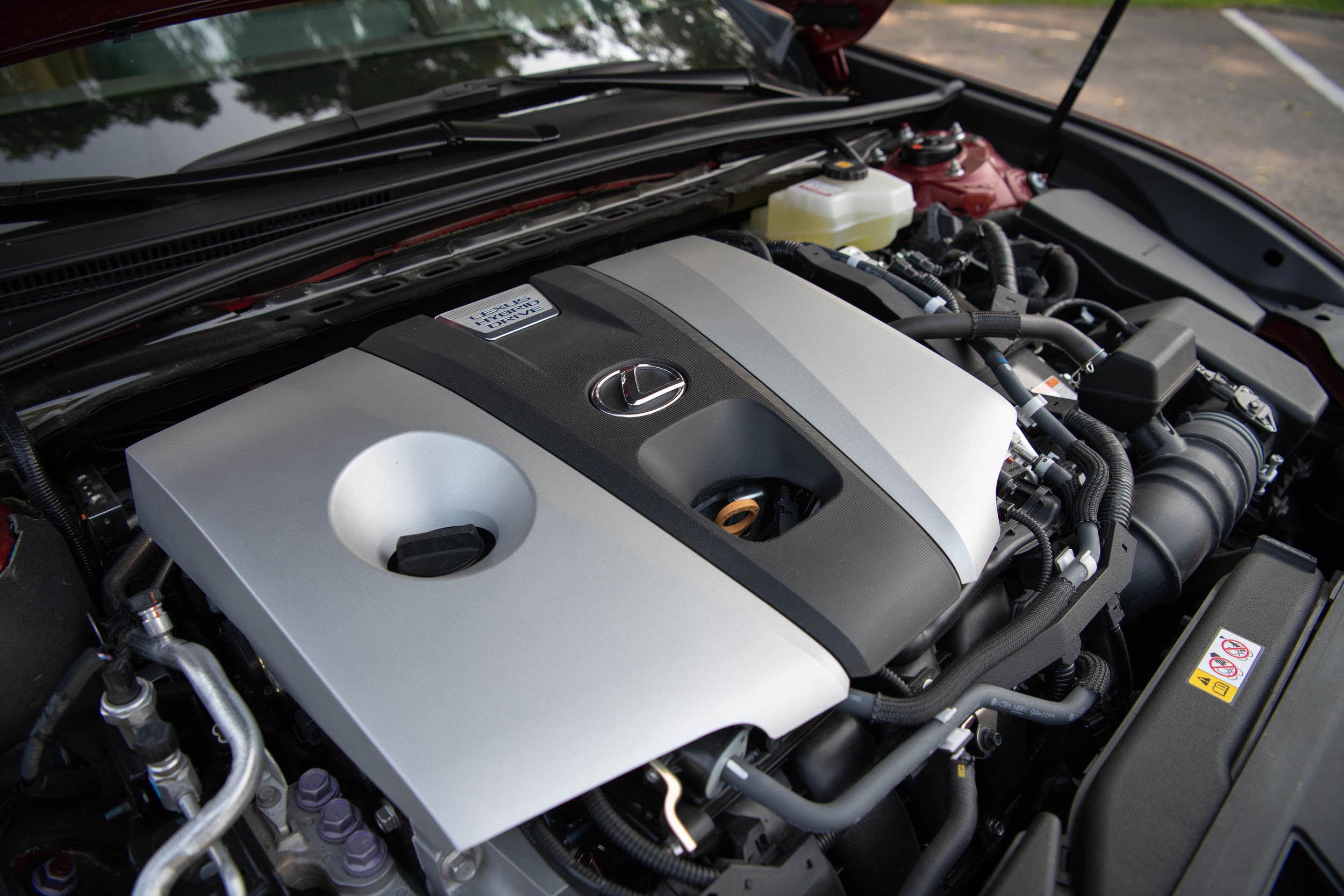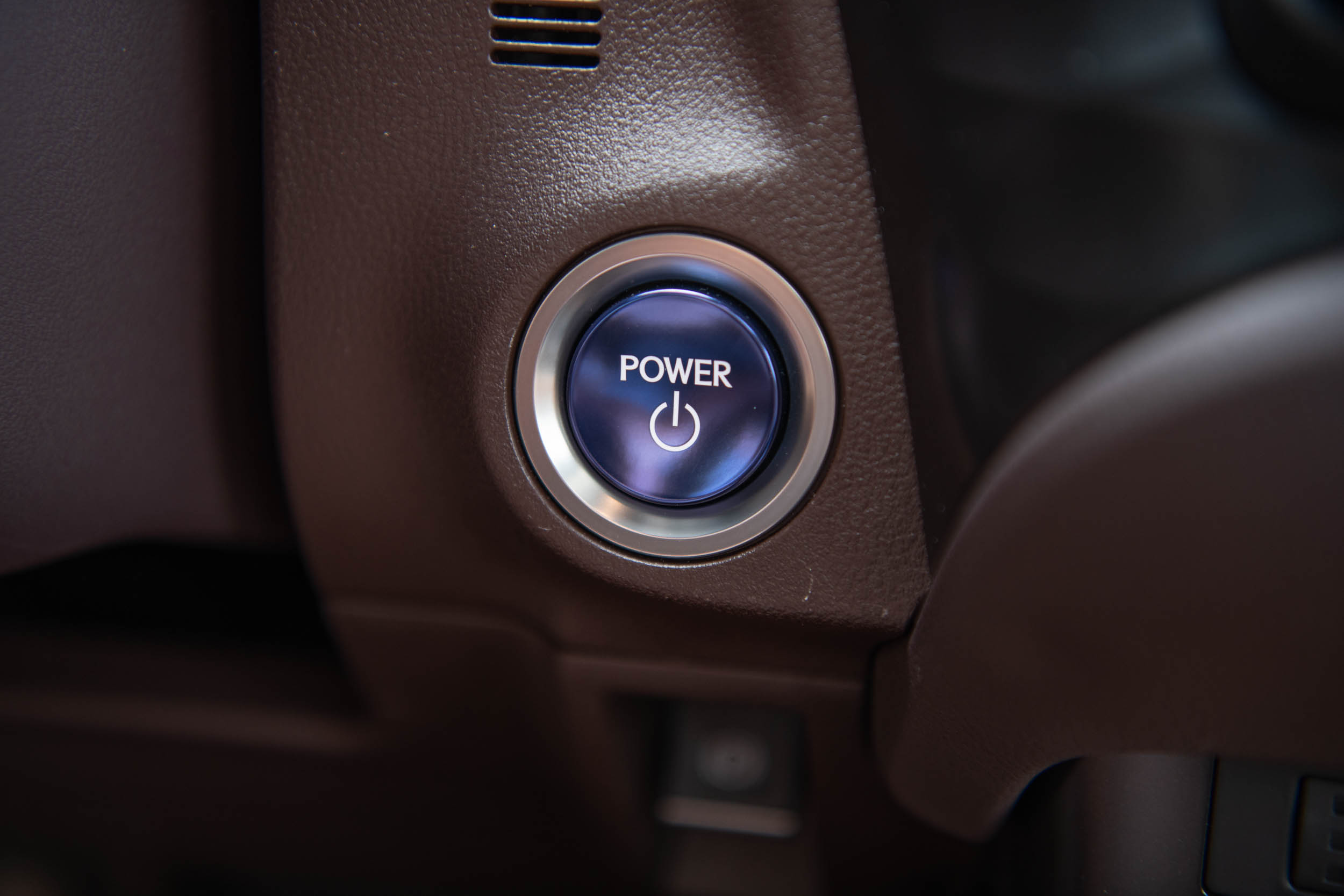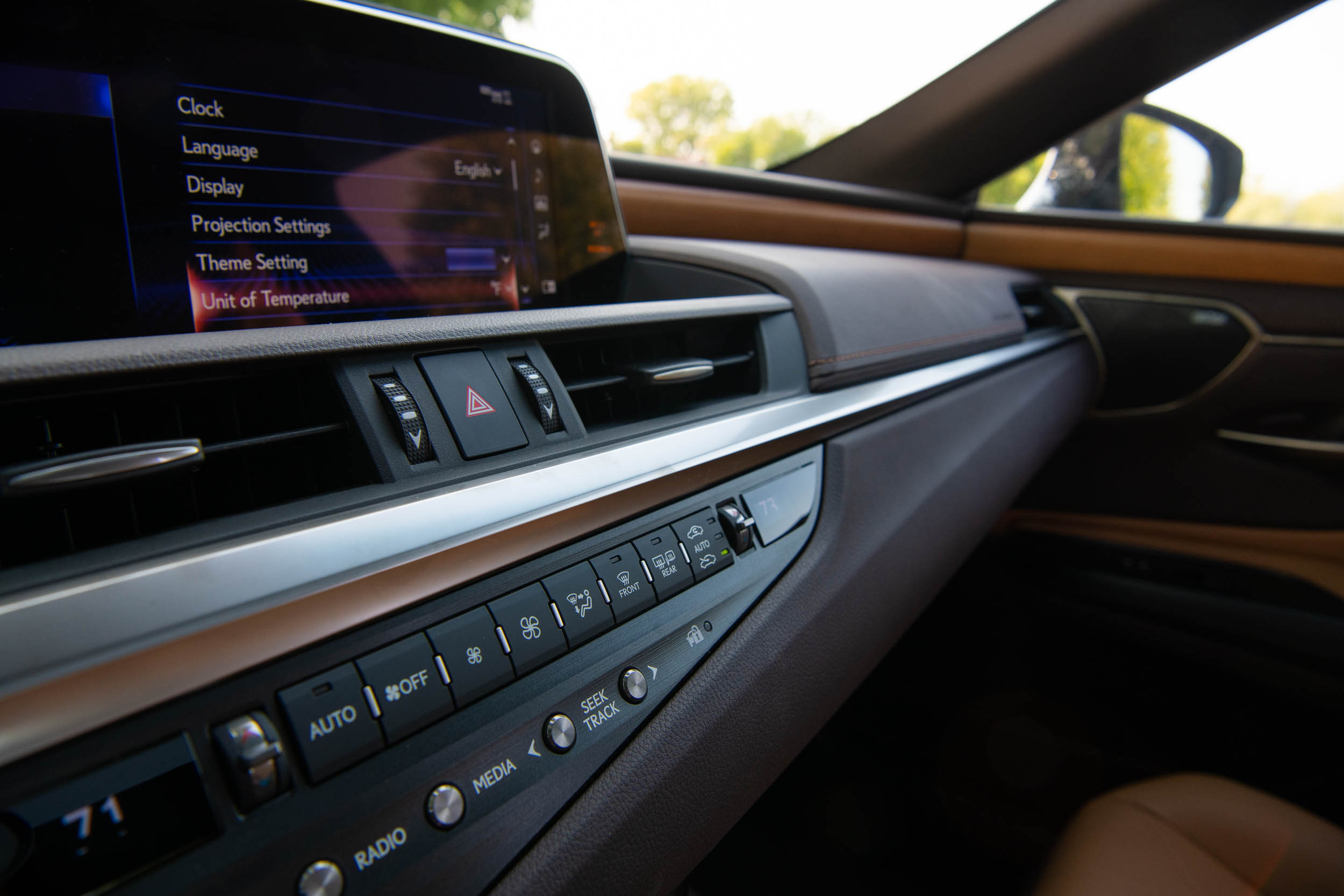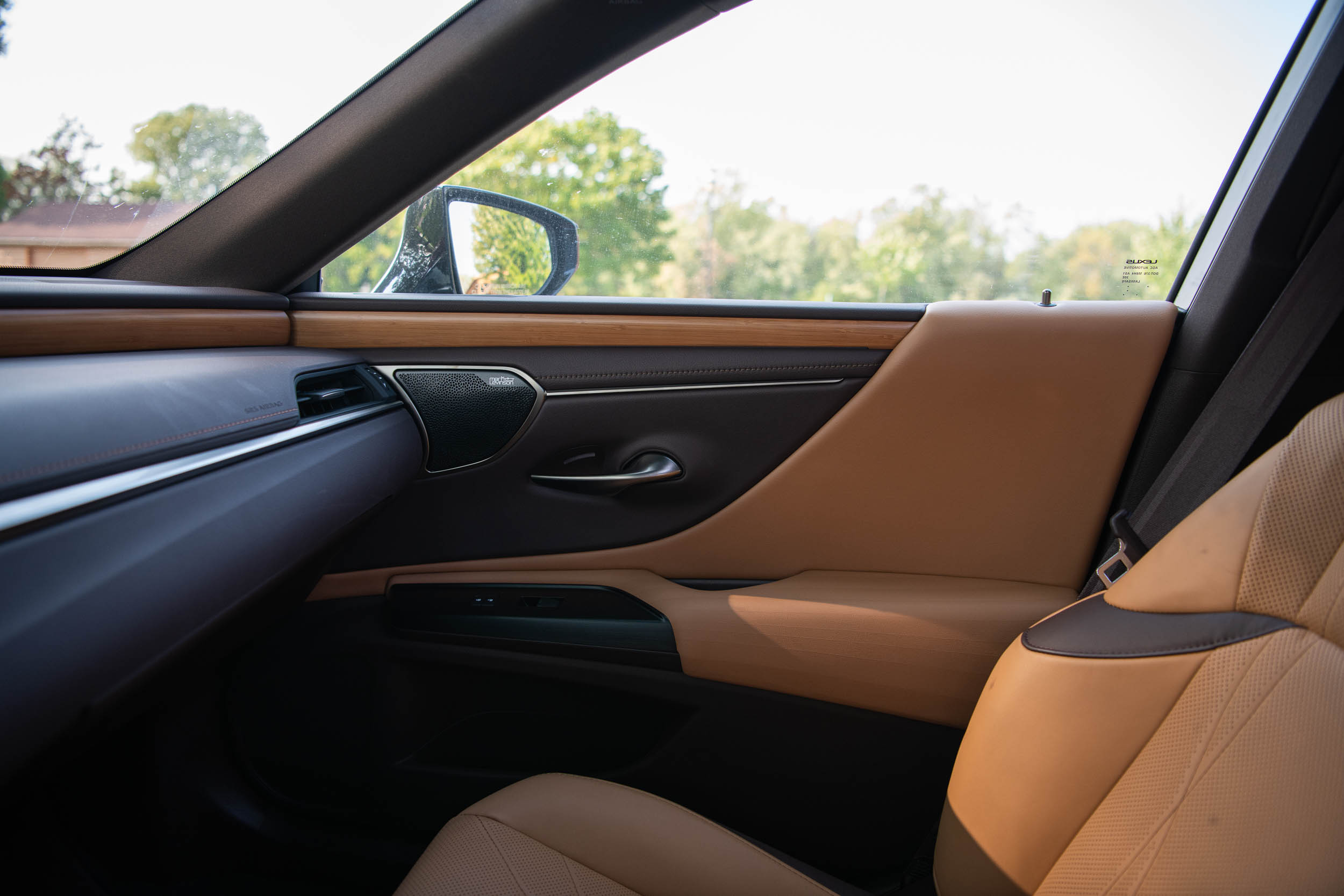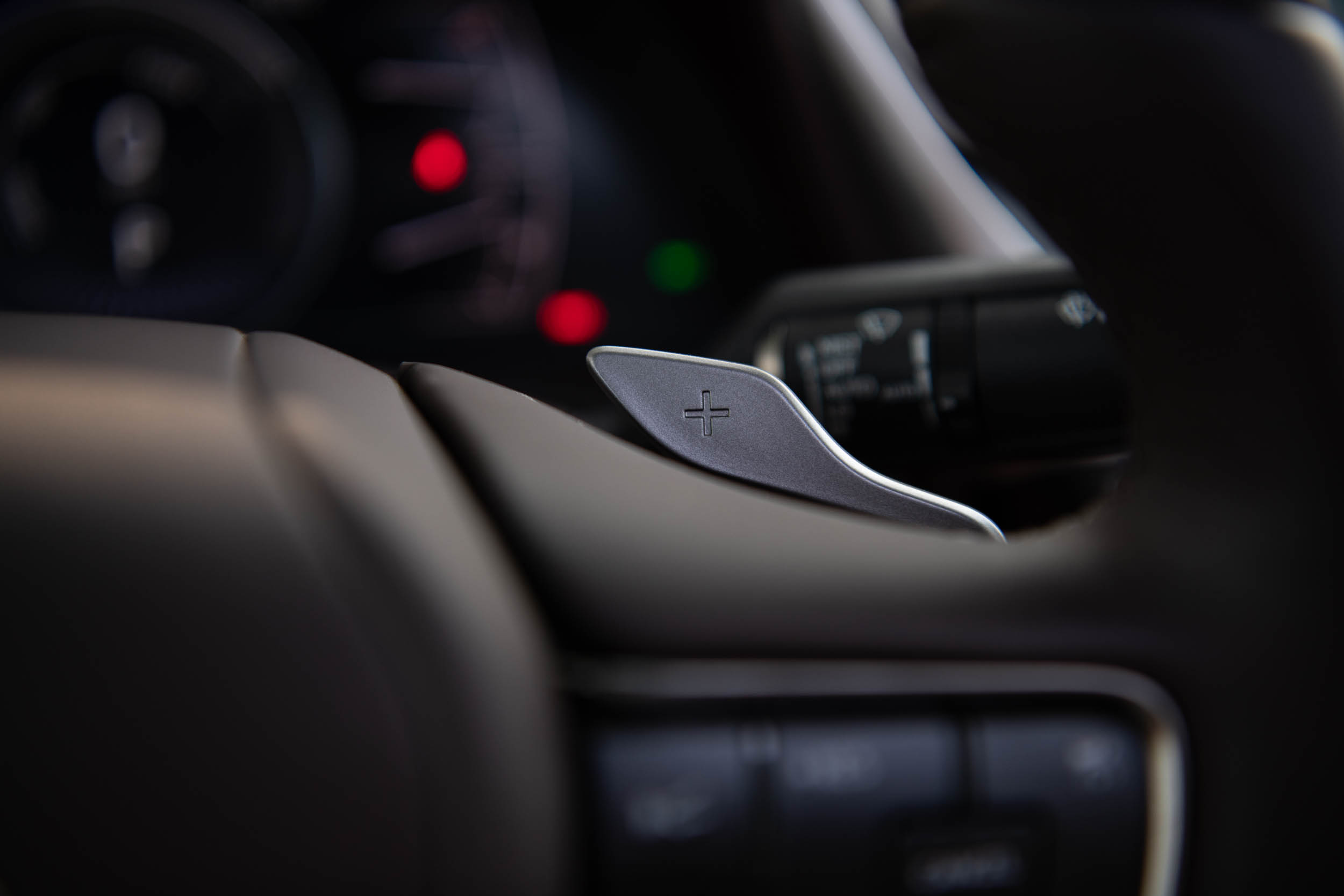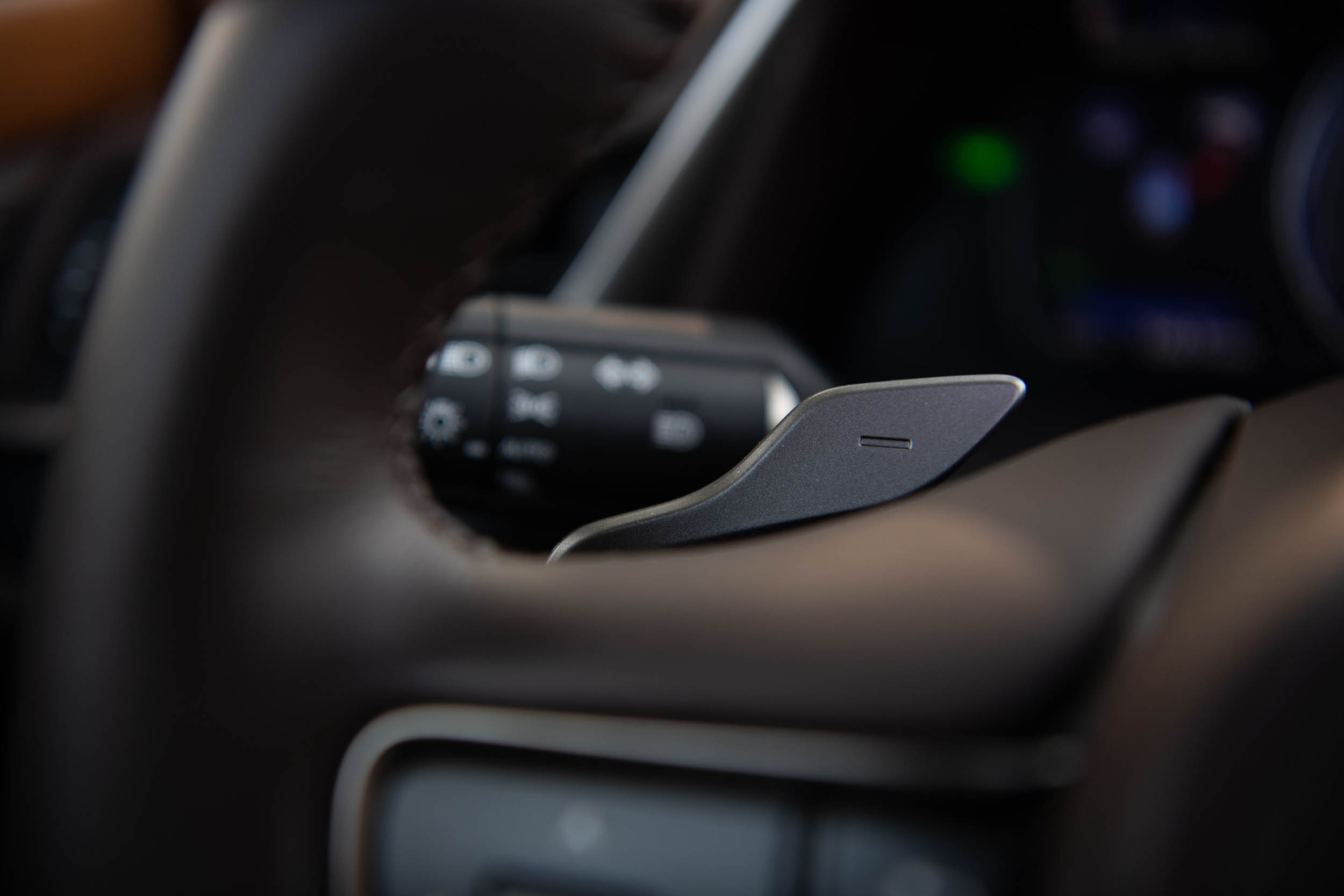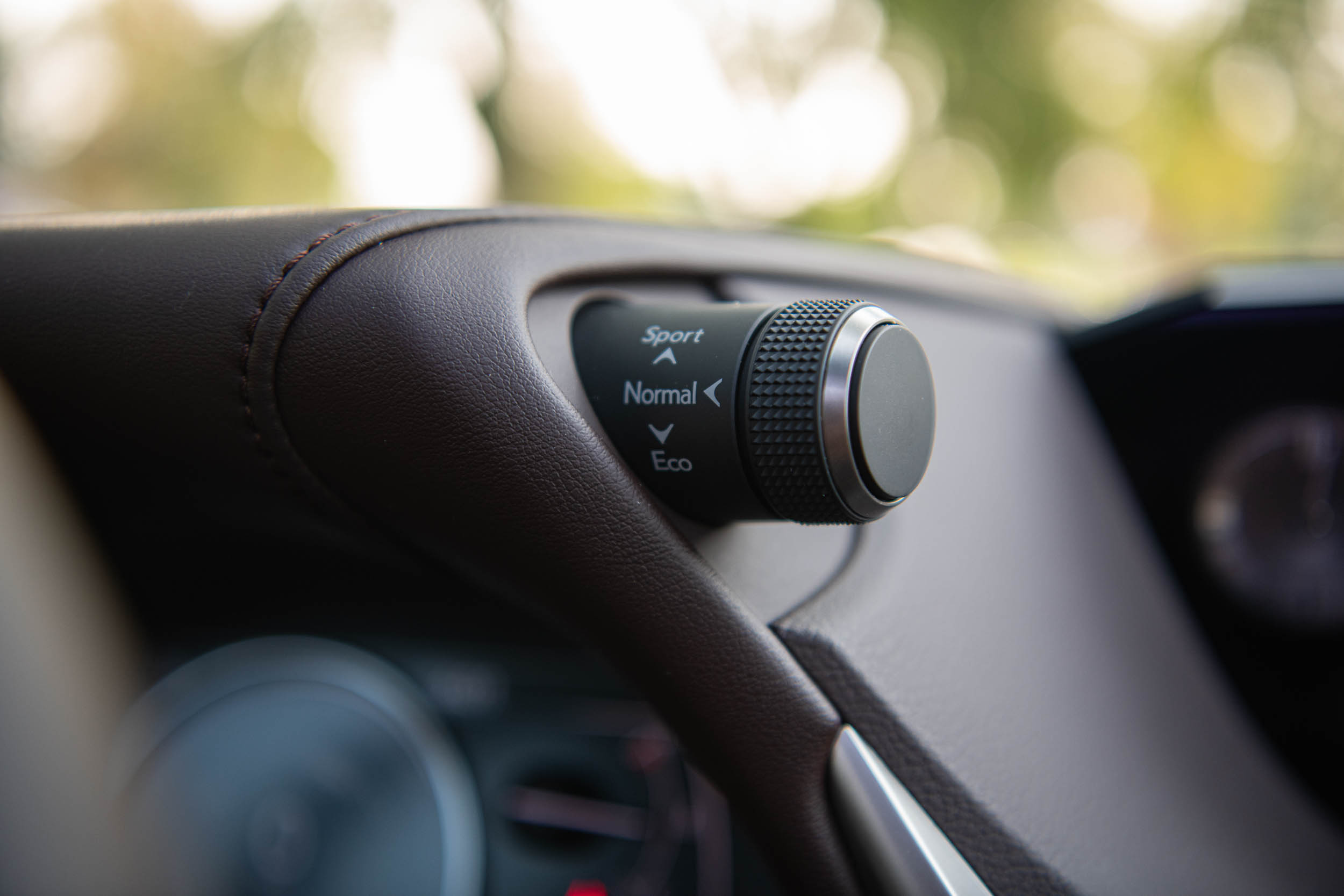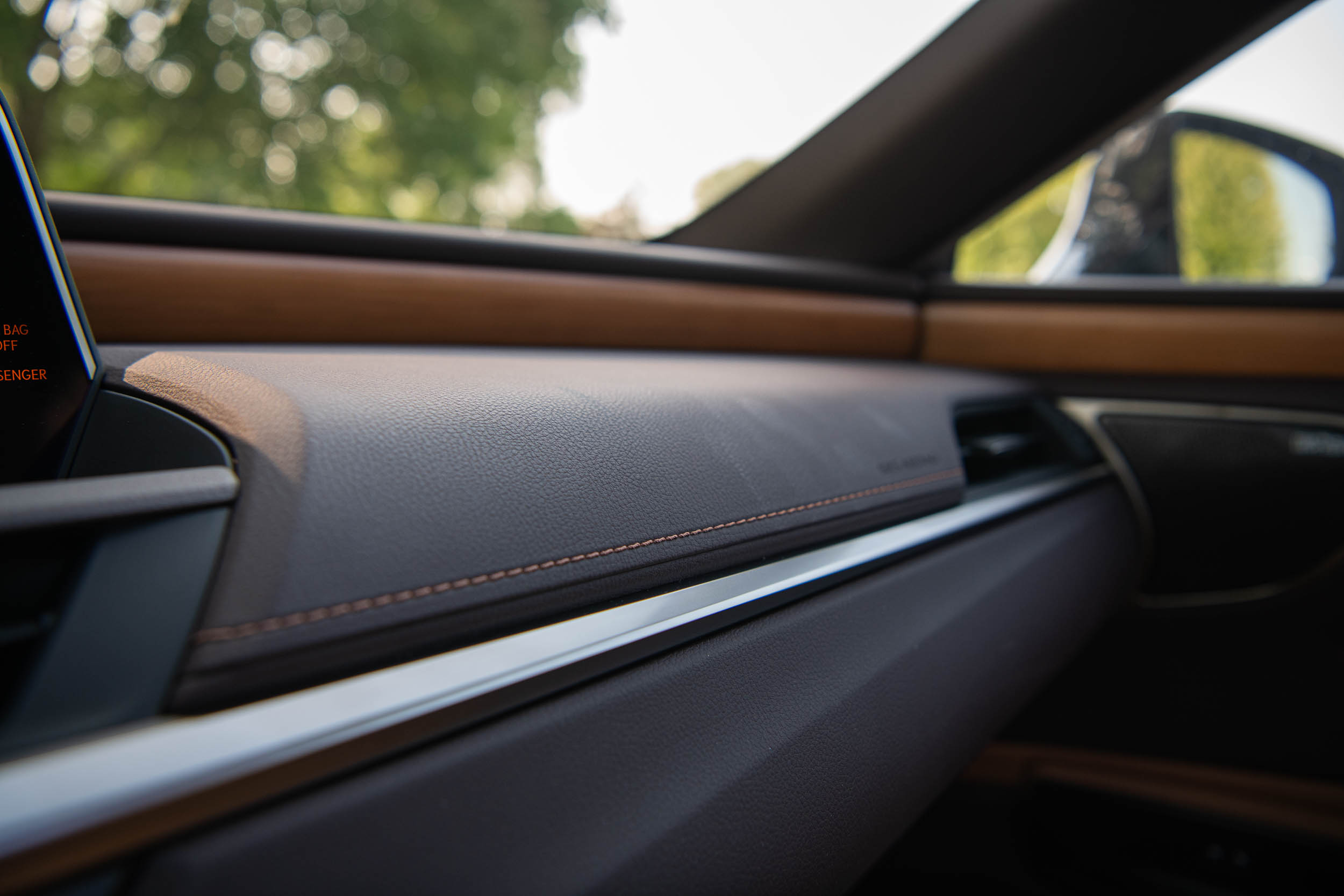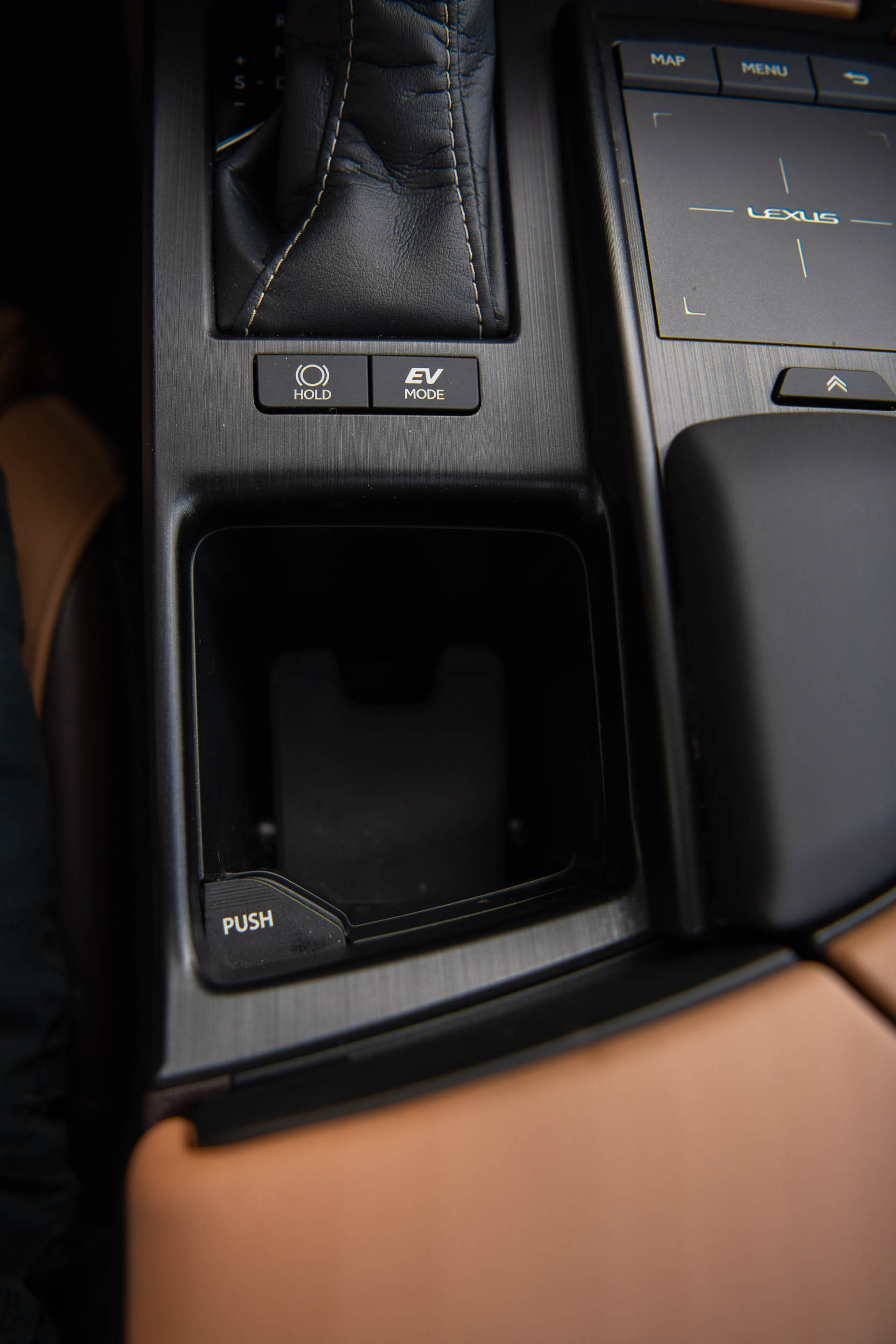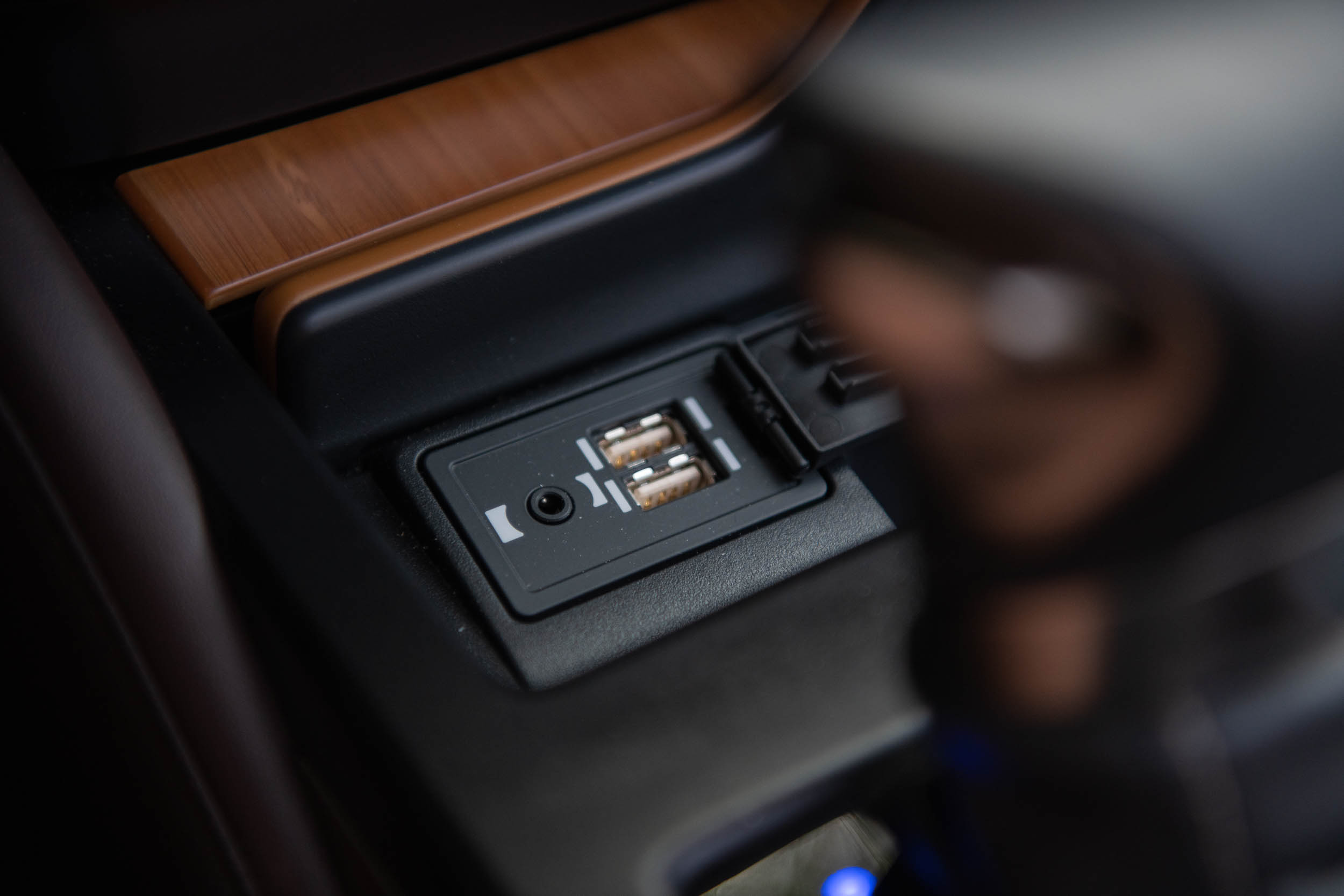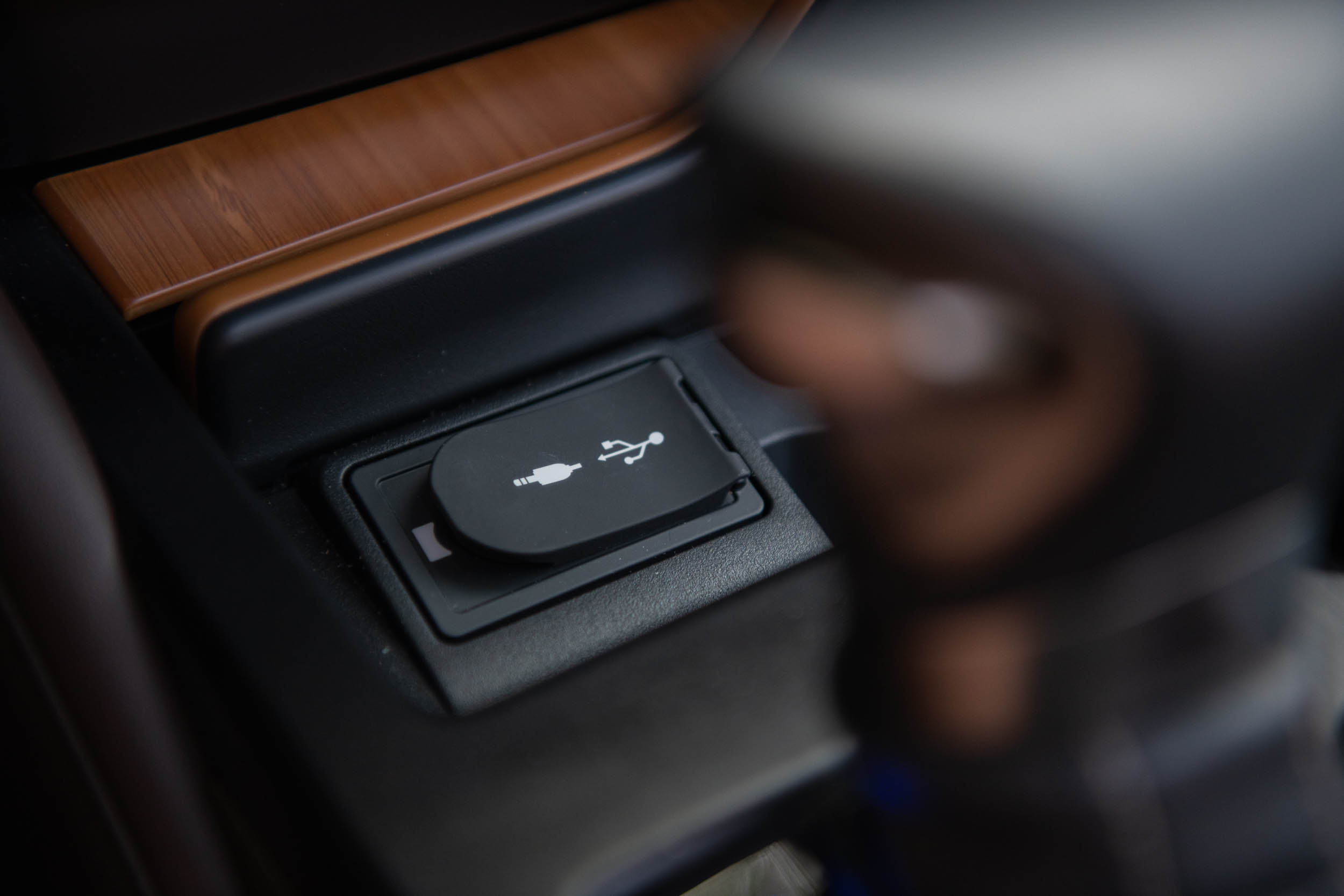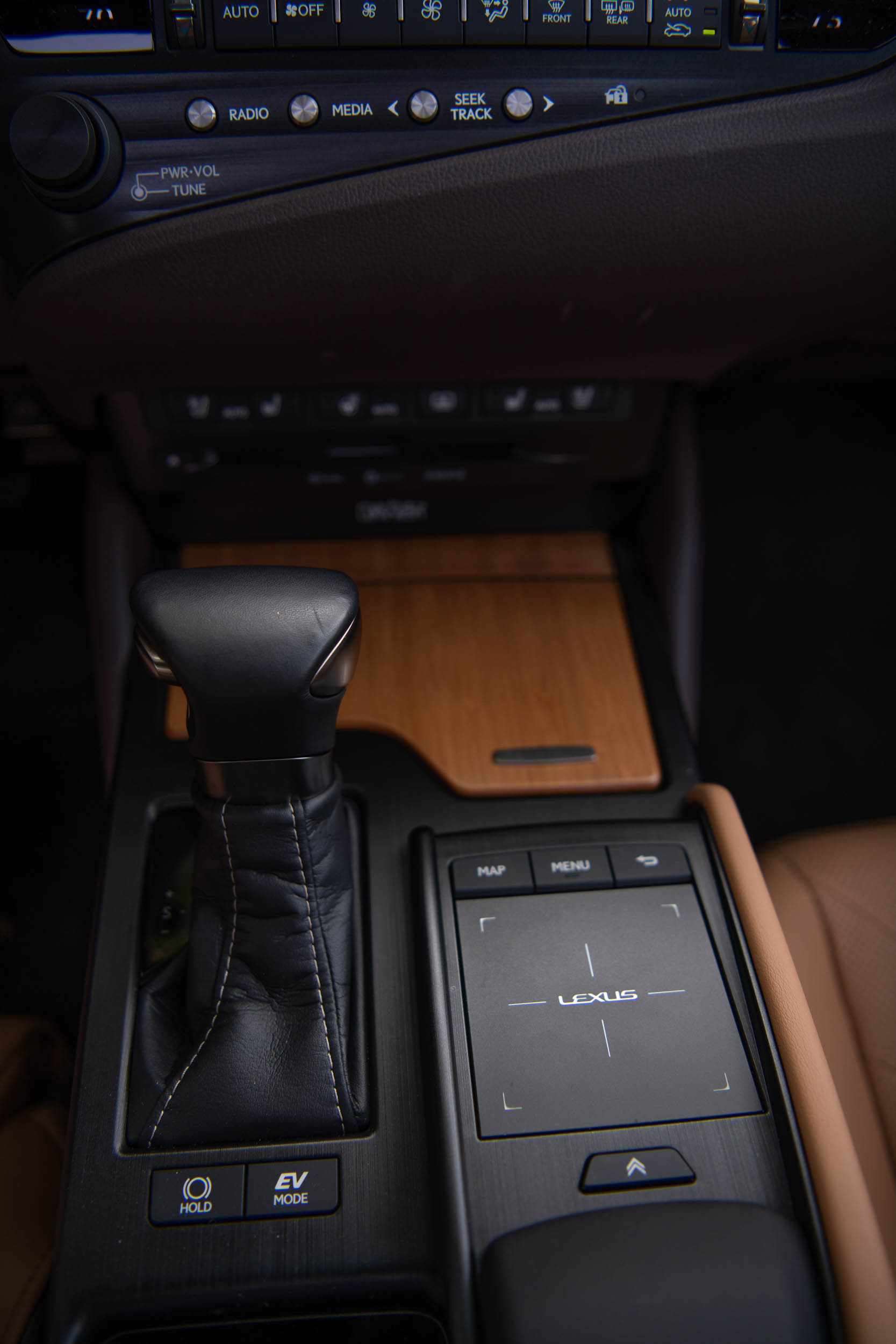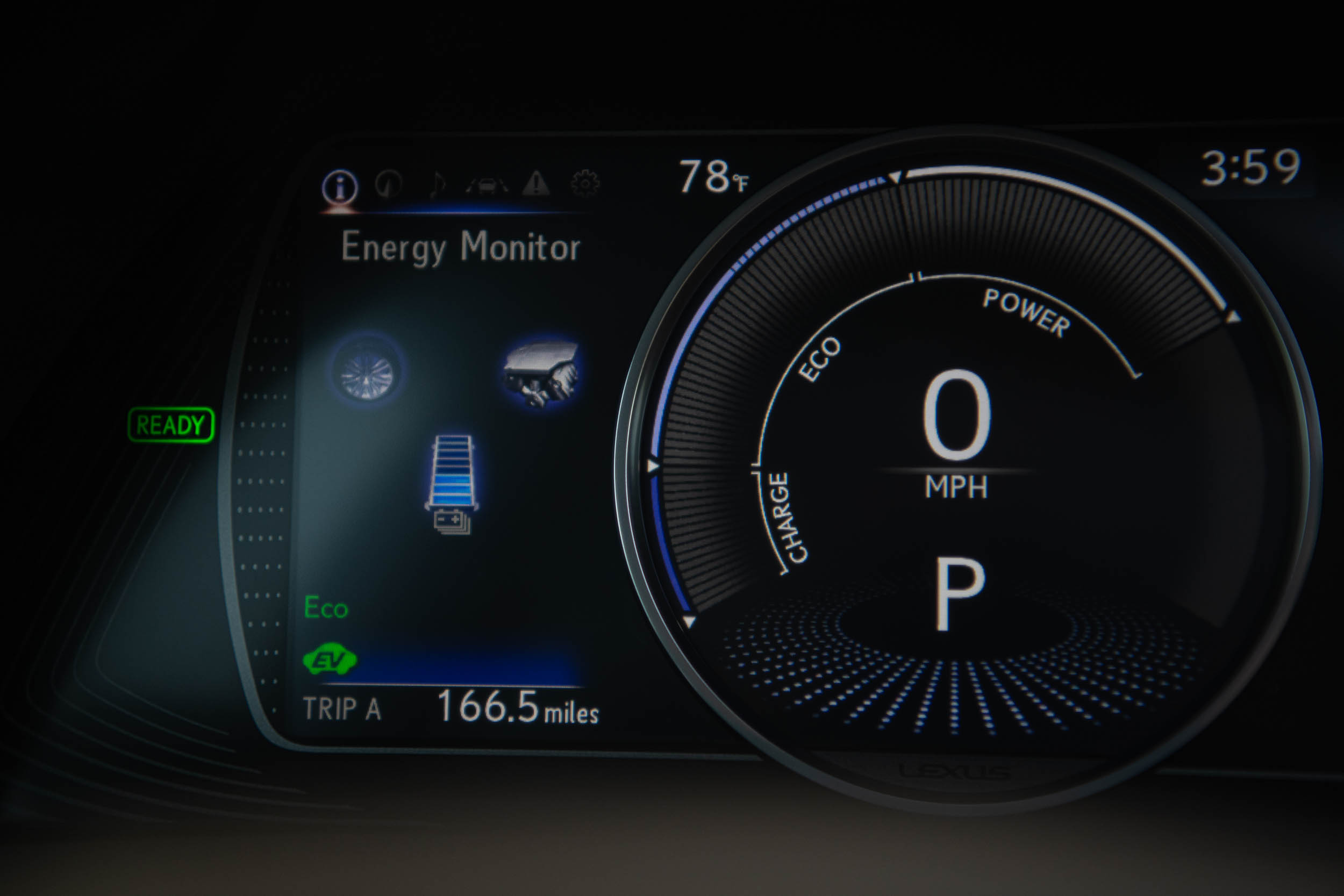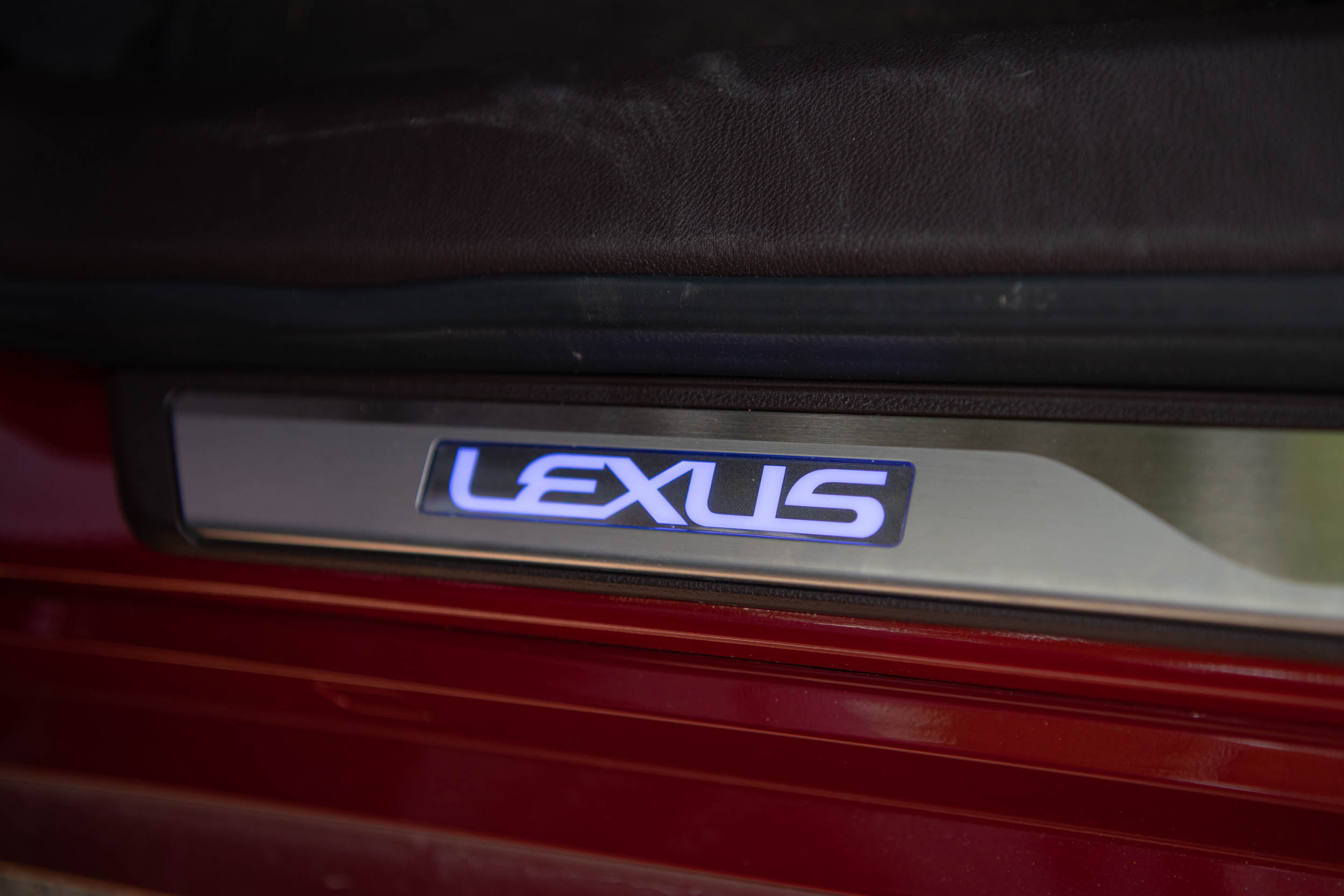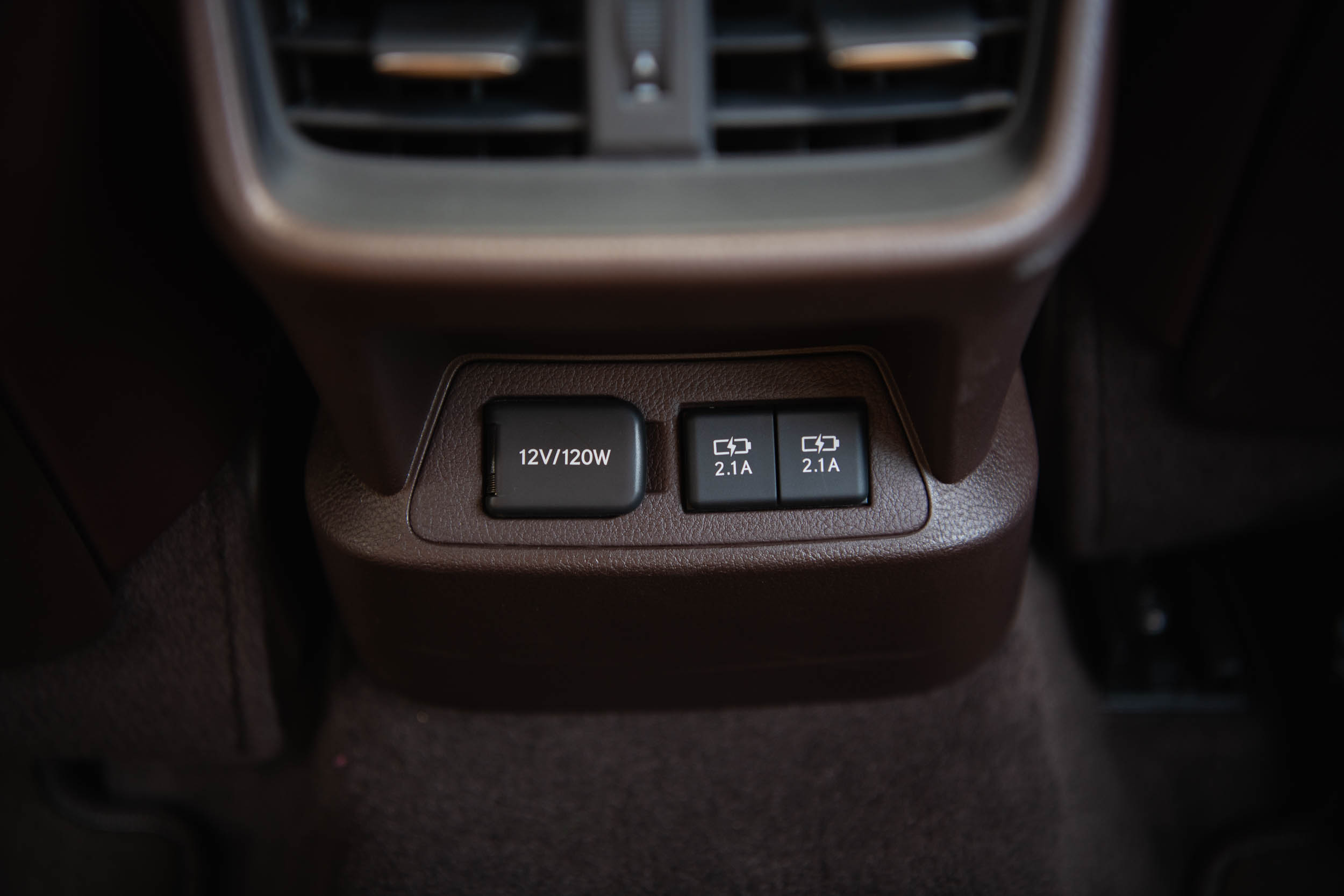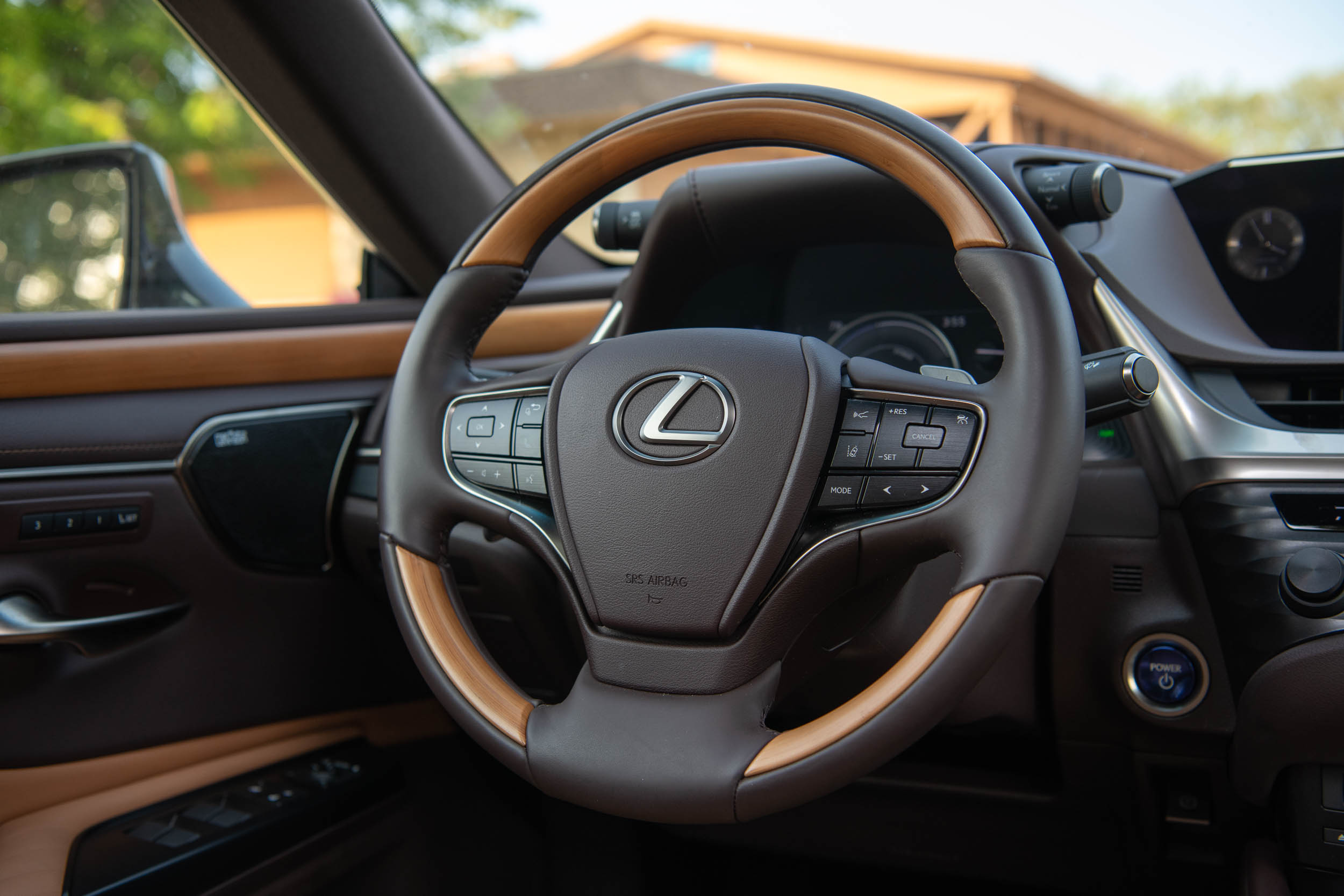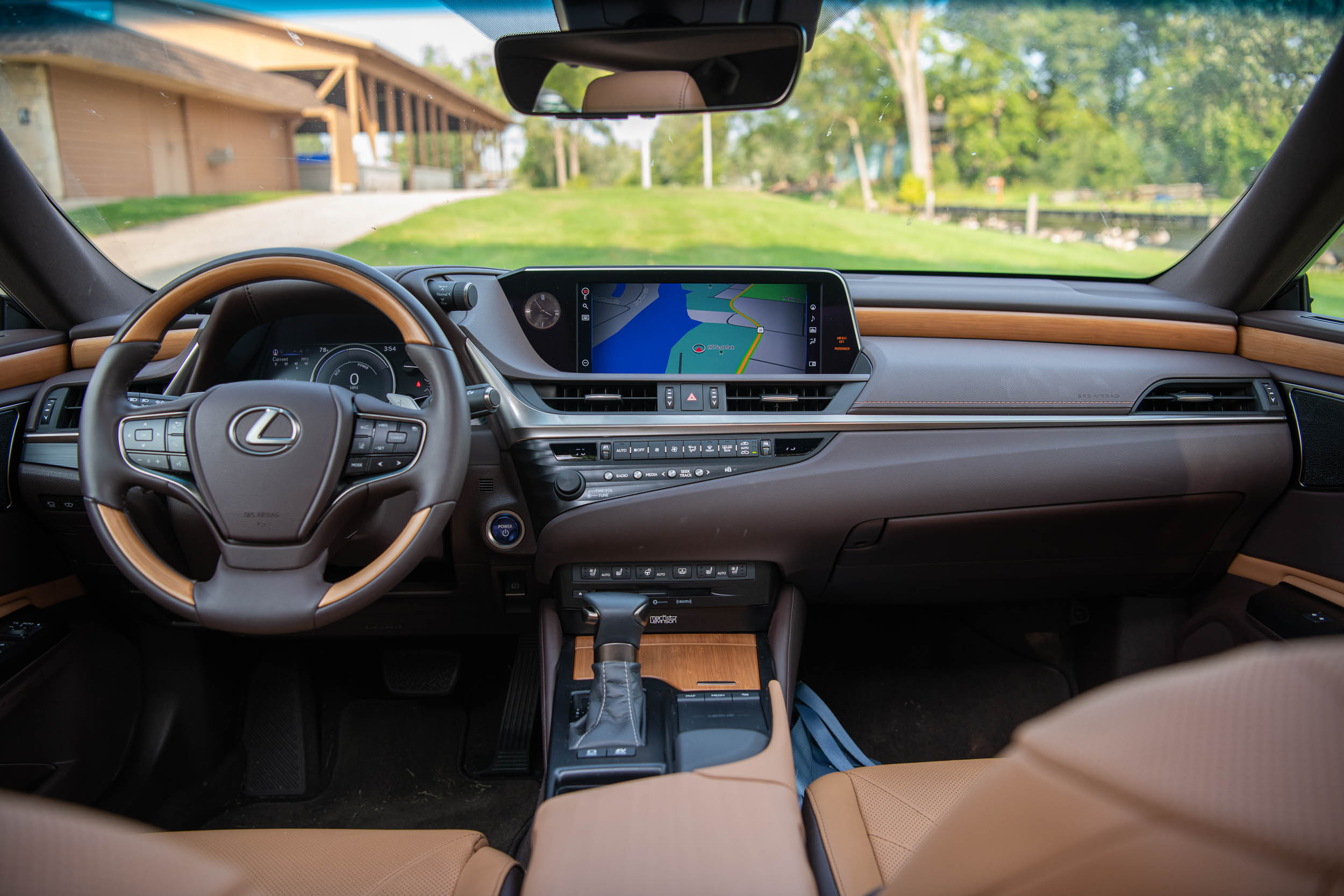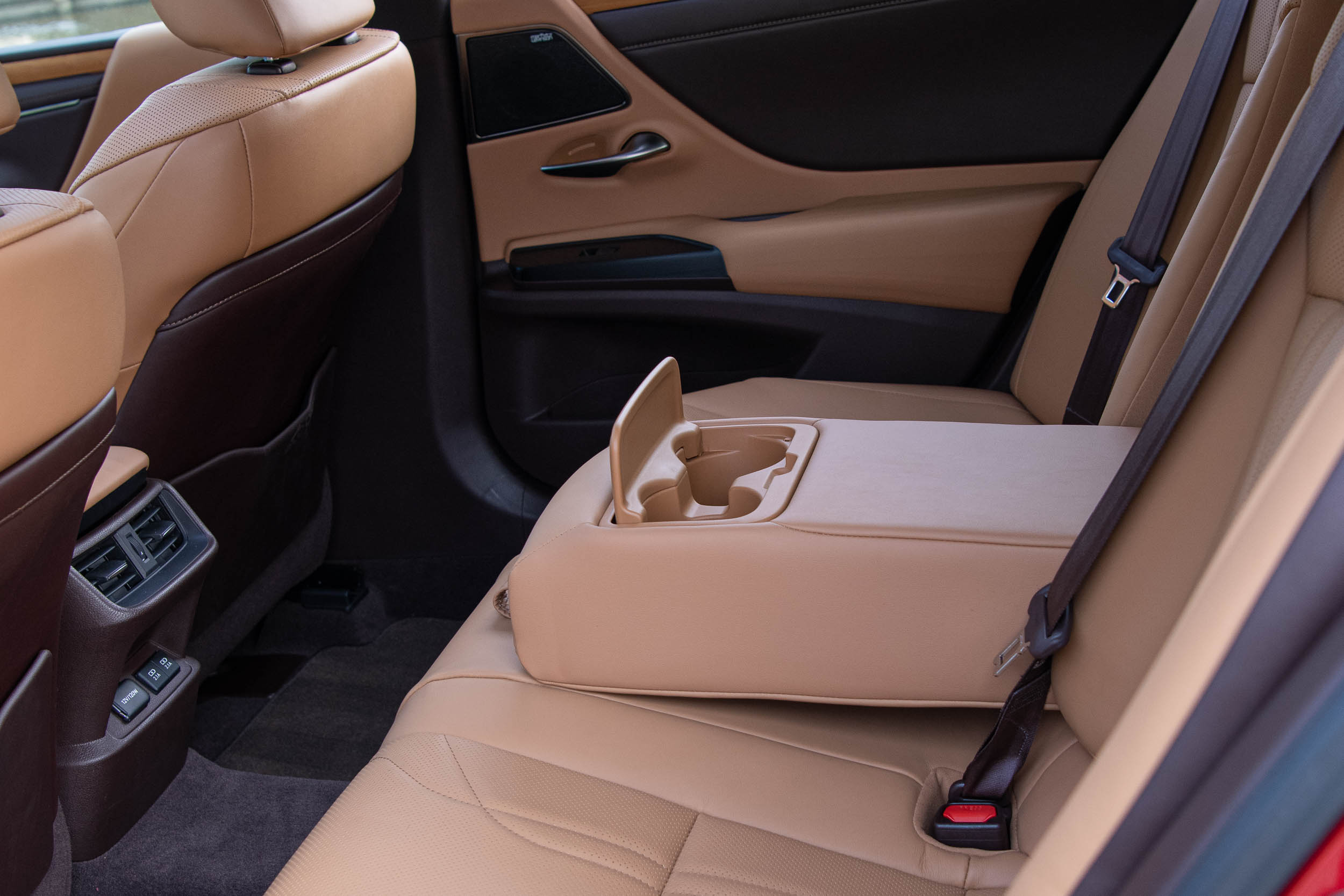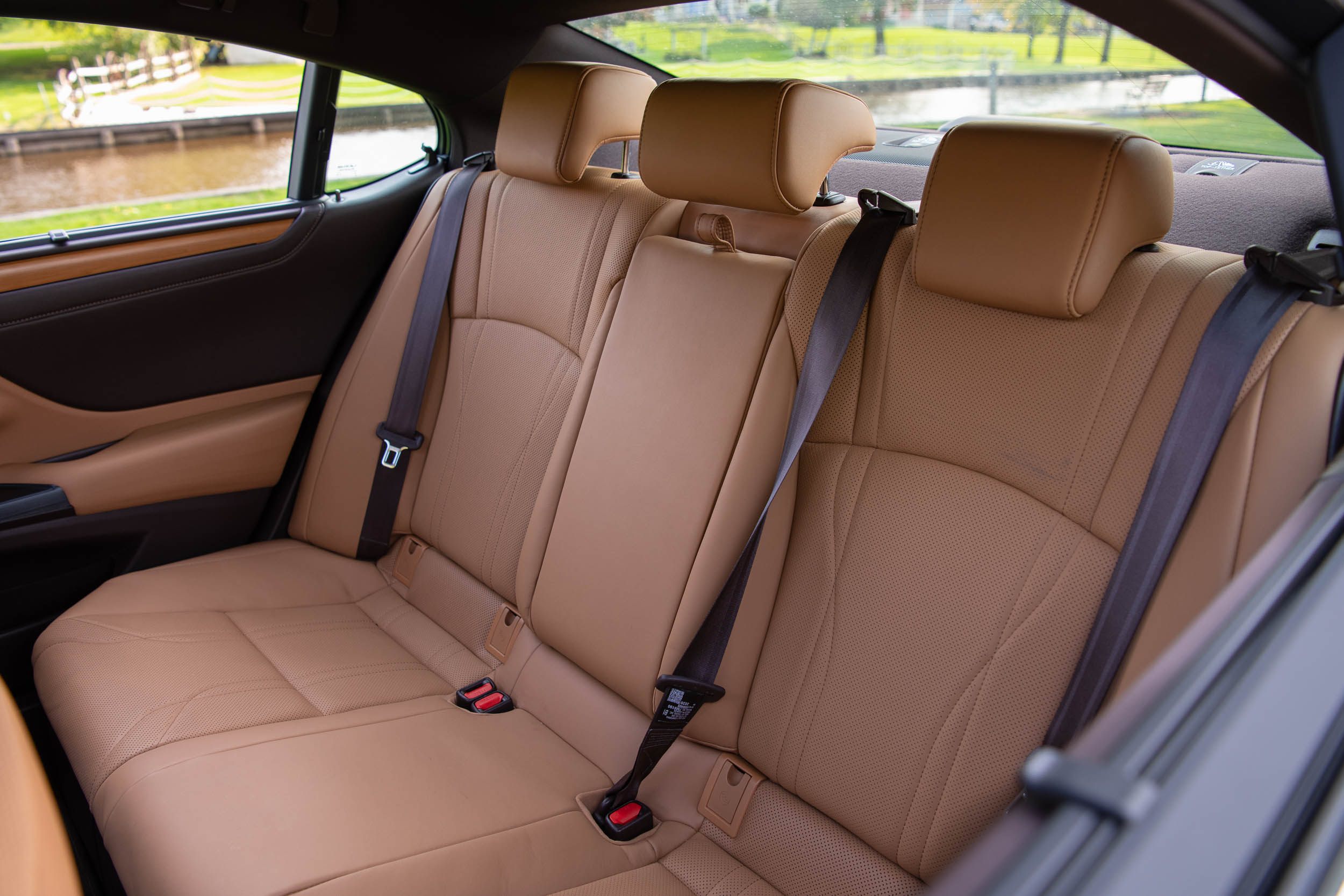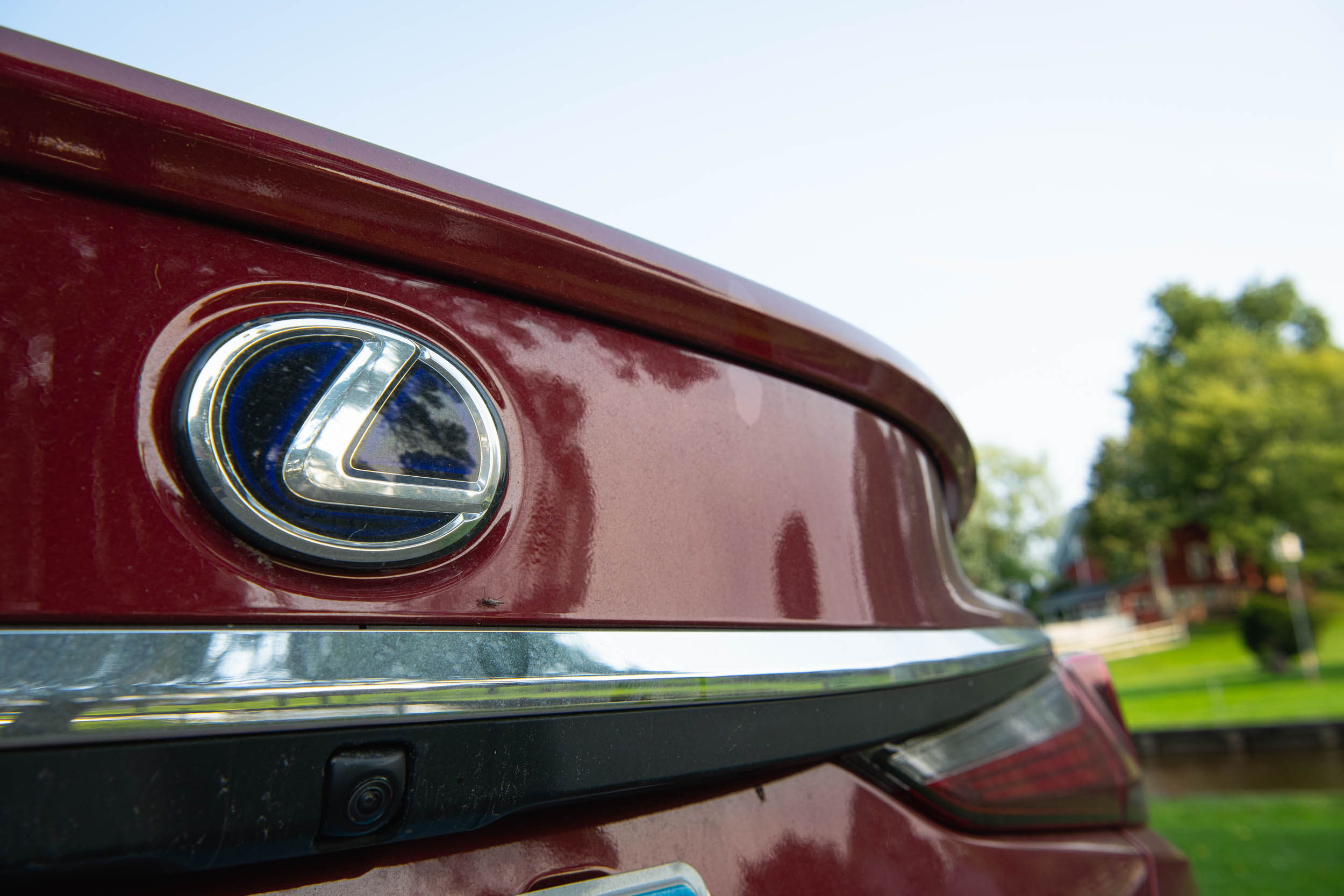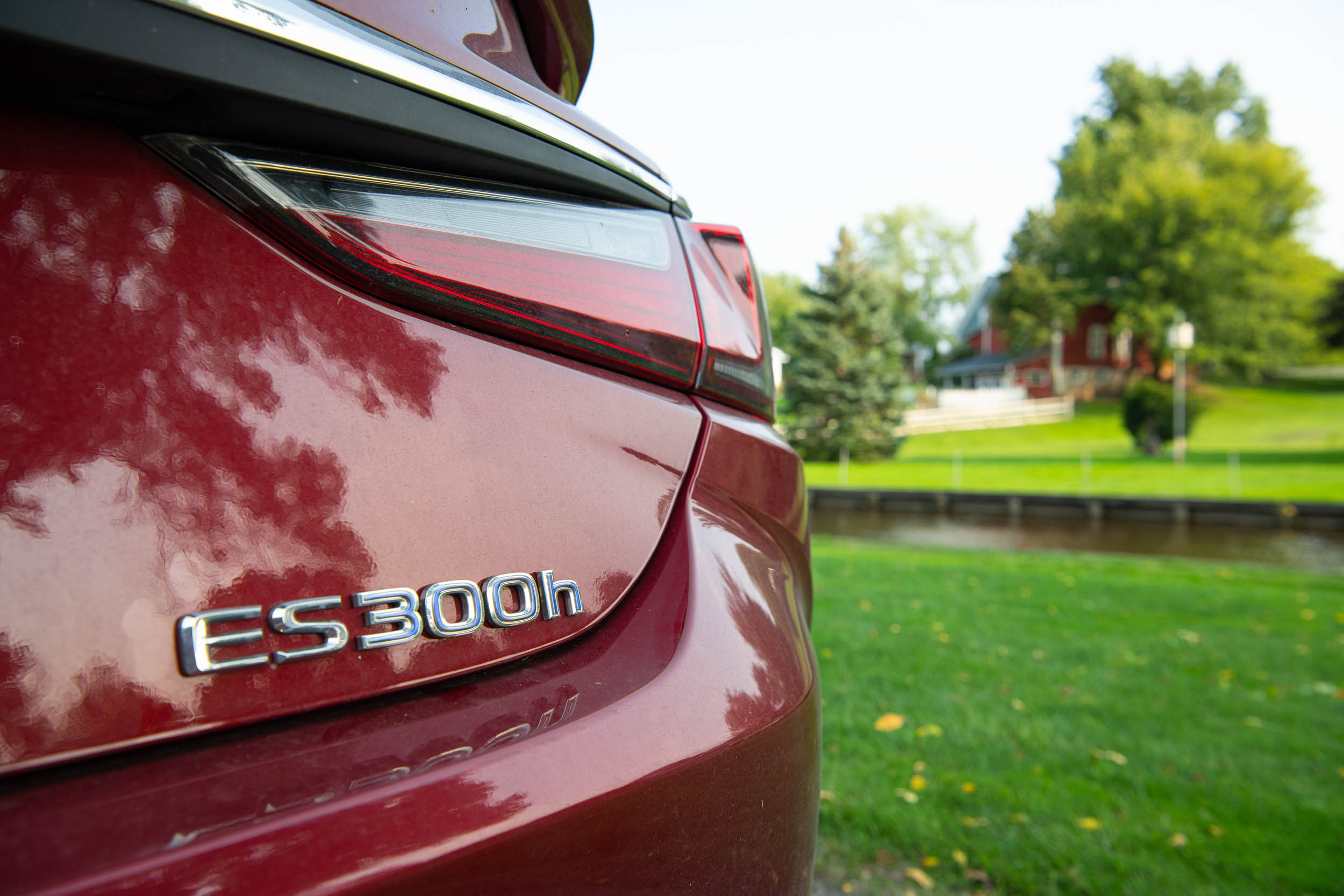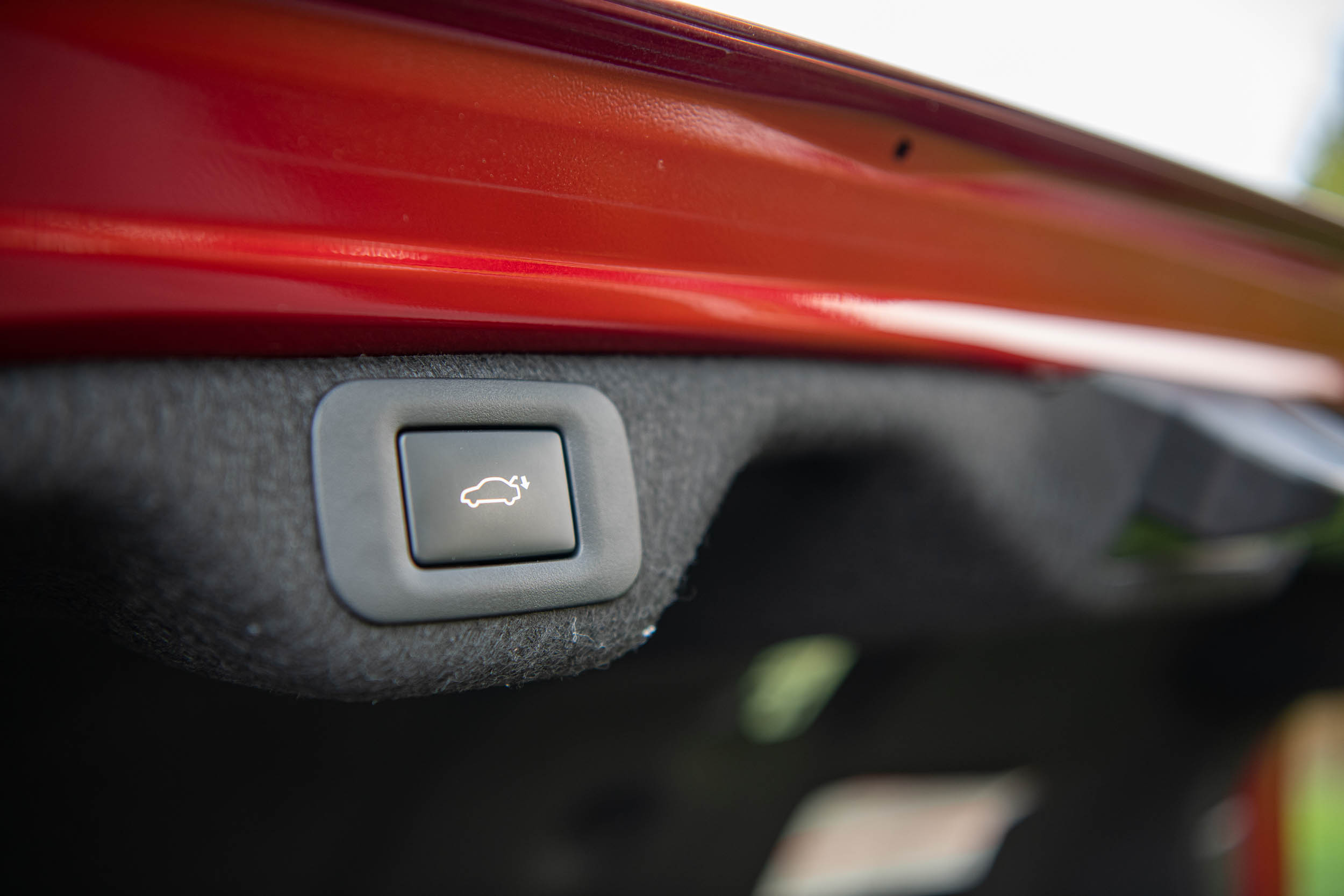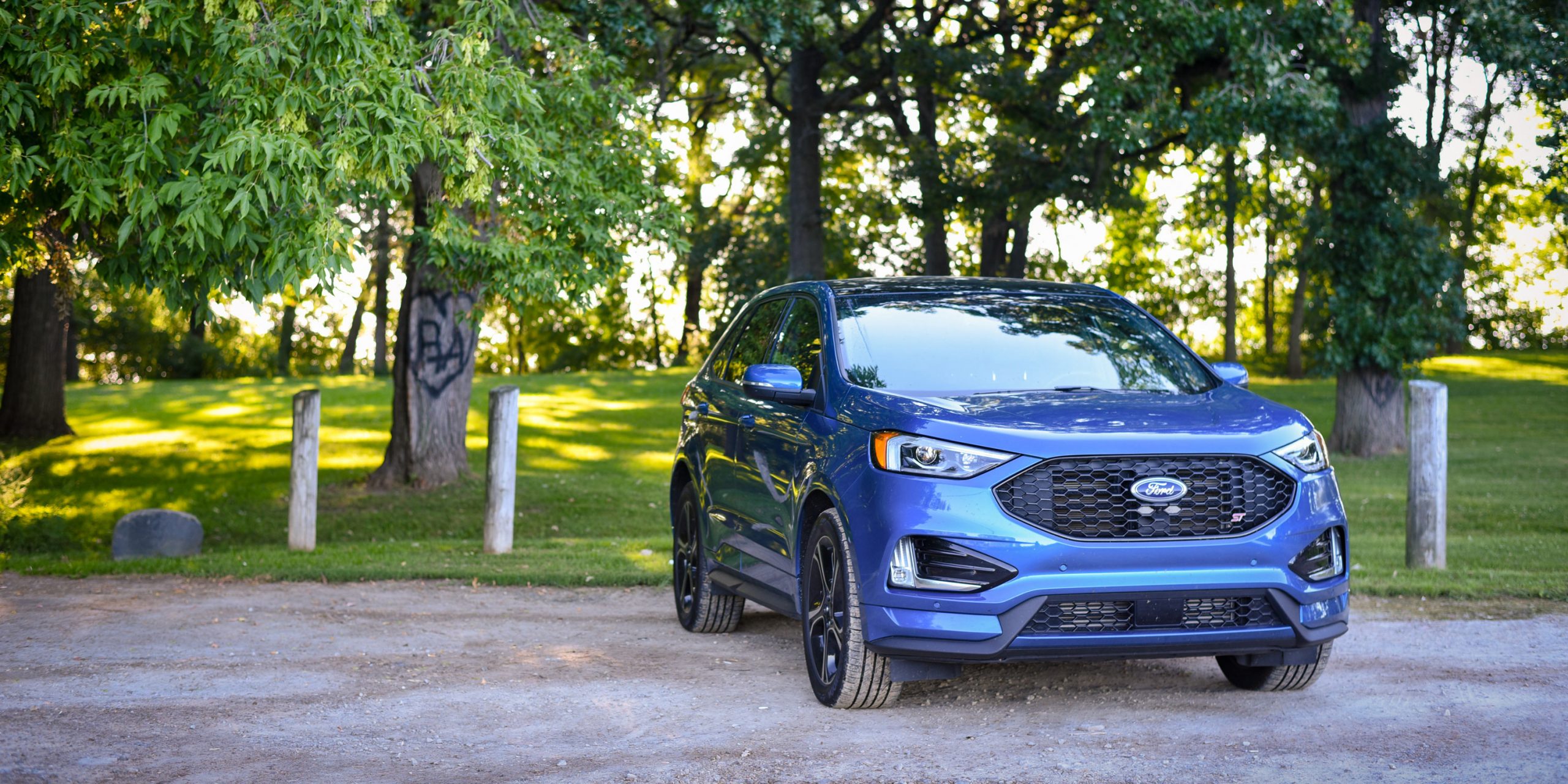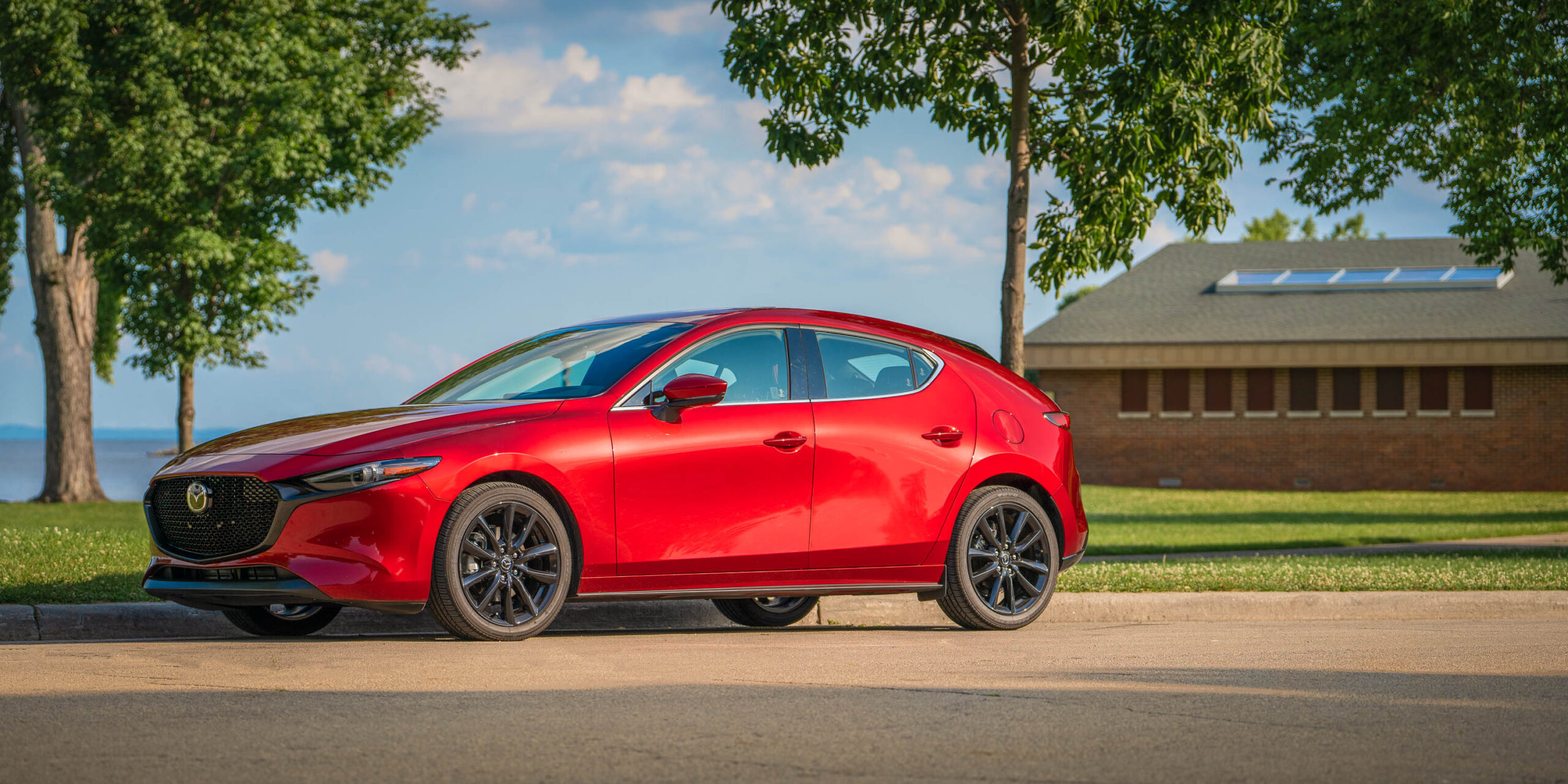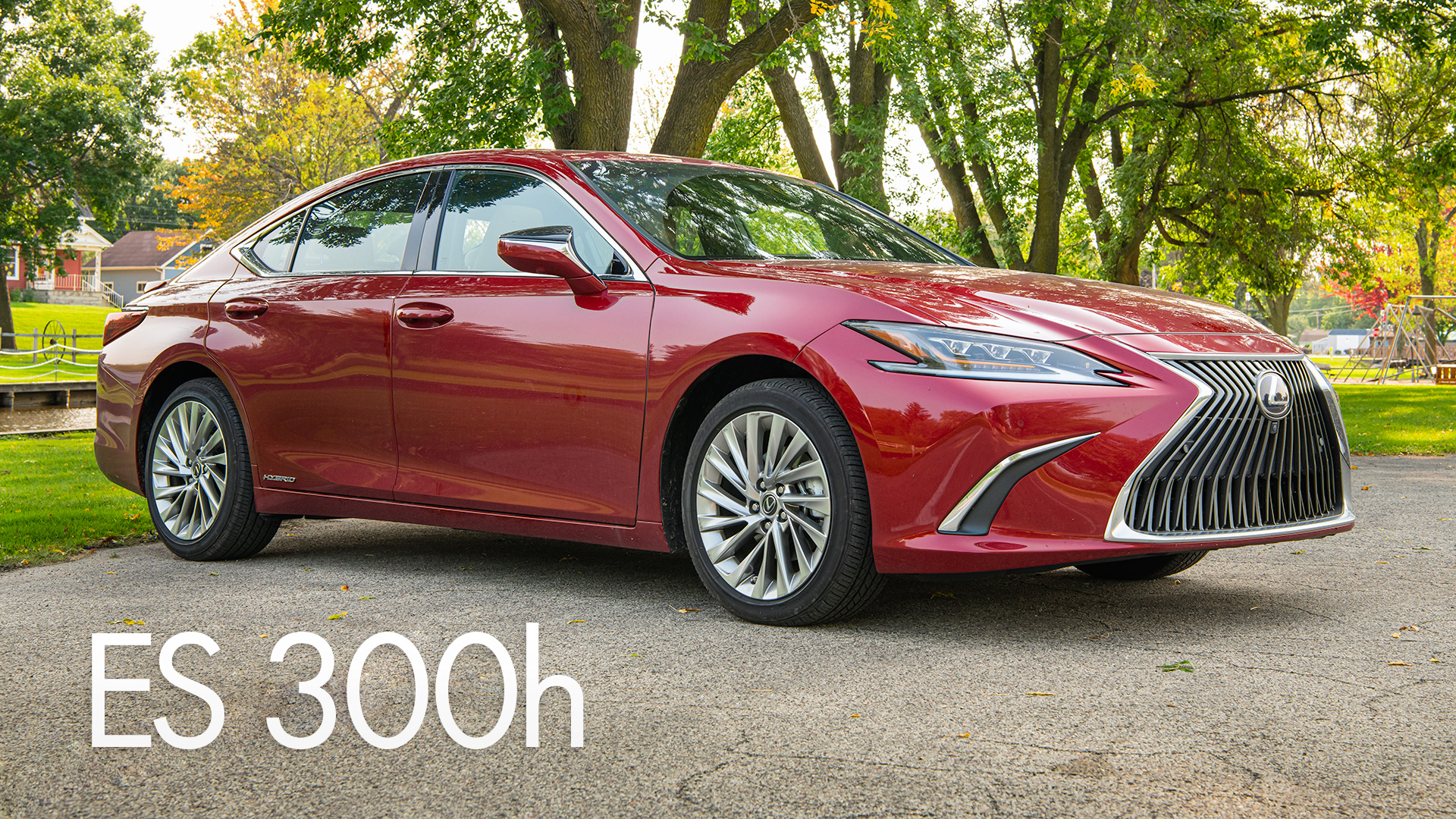
Words and Photos by Jennifer Jensen
UNFAIR TREATMENT
It may be completely unfair, but the Lexus ES has always held a position of dull and boring to me. It’s just a gussied up Toyota I would tell myself. Why spend the extra money?
There were other Lexus models that certainly piqued my interest as a car buyer and they were quite lovely. I just held a special reservation for the ES as I couldn’t see its value.
I was wrong.
SEVENTH TIME IS A CHARM
The 2020 Lexus ES is the seventh iteration of the model. It is longer, lower and wider than the outgoing sixth generation ES and while the design is somewhat convoluted, from certain angles it is actually quite pleasing to my eyes.
The look is especially nice on this current ES when the sun is going down and the LED head and taillights are lit up. The profile is attractive and there is a substance to the design that lends credence to the overall form.
The Lexus family grille also works on the new ES. It doesn’t look overly large like it does on some other Lexus vehicles and it flows very well around the slim line headlights.
Lexus has taken to custom tailoring that front grille not only by model line but also by the variant of each model. On the hybrid ES300 that we are looking at here, the grille has long vertical lines highlighted by a blue Lexus logo. Other variants have more ornate variations.
HYBRID POWER
All other Lexus ES models are powered by a 3.5-liter V6 good for a little more than 300 horsepower and 267 lb-ft of torque. I would love to sample that powertrain to see how it compares to the hybrid as the hybrid felt a bit anemic to me.
A 176 horsepower 2.5-liter four-cylinder Atkinson cycle engine rests under the hood of the ES300h. It is coupled with a new and smaller electric motor and an all-new hybrid transaxle. Total system output is 215 horsepower.
GOOD ENOUGH TO EAT
The interior of the new Lexus ES300h is quite lovely, especially on this “Ultra Luxury” version.
There is a very attractive two-tone leather scheme complemented by a light wood that appears to be bamboo. That wood highlights the doors, dash and even the steering wheel.
The two shades of leather in our tester were variants of brown and it reminded me of some of my favorite candy bars. The only odd thing was a swatch of leather coming down the front doors that, when in the driver’s seat, had the appearance in my peripheral vision of someone else sitting next to me. It was odd at first and took some getting used to.
The rest of the interior was absolutely scrumptious and I kept finding new details to appreciate over the course of a week with the car.
For example, there are intricate lines running across the dashboard that intersect with each other and provide interest for wandering eyes.
The front seats were stuffed to my butt’s content and provided both heating and cooling. A power thigh extender made me feel right at home behind the wheel.
The steering wheel’s combination of taut leather and wood felt good under my hands. But what pleased me more than just about anything else in this car is the direct interaction with the HVAC system.
While the infuriating Lexus trackpad remains, you can circumvent it for accessing temperature controls and seat ventilation. Thank you Lexus. It’s a step in the right direction!
ALL THE TECH
As one might suspect, the Lexus ES300h is quite tech laden. But some of that tech is fantastic.
Take the integrated screen for example. It is massive and stretches out across the top of the dashboard. It is so colorful and provides so much information that I wanted to rip it out and take it with me.
Add in the head-up display and you have precious little reason to remove your eyes from the road. Anything and everything can be displayed on those two interactive displays.
If you do look down you will see a nice instrument cluster that has a morphing single dial sitting front and center. With the car in either Eco or Normal mode that single dial is made up of three main pieces of data: when the battery is charging, when the battery is being used and when the gas engine is being used. The head-up display provides a bar chart of the same information.
Flip the rotary knob next to the instrument cluster to sport and that dial will change to a tachometer. In either case there is a nice digital speedometer in the middle of the dial.
If you do put the ES300h into Sport mode, the gas engine will run all the time.
As in other Lexus models, if you hit a button the instrument dial will slide over and reveal additional information in the multi-function screen.
There is an inductive charger for your smartphone under the armrest. This is an excellent place to put it because it frees up room in front of the PRNDL for another cup holder and two USB ports.
The cup holder behind the PRNDL has a little button just on the inside that is labeled “push.” If you push that button a small rubber matted platform drops down so you can put smaller cups in this space without them going so far down you can’t pick them up. Awesome.
THE DRIVE
The ES300h is a very comfortable car. On the road the suspension absorbs imperfections like Aladdin’s magic carpet.
There is precious little wind or road noise that makes its way into the well-isolated cabin. What little wind noise my ears pick up seems to be the result of air blasting around the side mirrors.
If you don’t want to hear that wind you can simply turn on the excellent Mark Levinson sound system (a bonus in the Ultra Luxury spec). The system is amazing and I caught myself sitting in my driveway or the office parking lot waiting for a song to finish on more than one occasion.
The other unseemly noise that sound system can drown out is the thrashy gasoline engine. The noises made by the four-cylinder are unbecoming in a car of this grandeur.
The ES300h is quite lovely in every other way.
The transmission simply blended into the background where it belonged. There are, of course, shift paddles behind the steering wheel and I completely ignored them.
The more I drove the ES300h the more I liked it, especially over longer distances. This car is a great grand tourer for four.
In fact, my favorite seat in the Lexus ES300h was actually in the back.
The back seats are very comfortable. There is a large cutout in the roof that provides more than ample headroom. The back seats also have a vast amount of legroom, shades for the windows and lots of speakers to let me hear that awesome Mark Levinson system. In fact, sitting in the back you can still see that glorious LCD screen stretched across the dashboard.
The back seat of the Lexus ES300h was a nicer place to be than the back seat in the Lexus LS. That is how good the ES has become.
THE NUMBERS
The biggest benefit to having a hybrid system is fuel economy and the ES300h didn’t disappoint. We saw an average of 41.6 miles-per-gallon over several hundred miles. That is a very good number in a car this size.
Lexus engineers took the battery for the hybrid system out of the trunk and placed it underneath the second row seats. That frees up 13.9 cubic feet of space in the trunk.
The base ES300h starts at $45,000 with our Ultra Luxury model ringing the register at $55,000.
I kept comparing the ES to the full-sized Lexus LS and concluded that I would rather have an ES over the LS, which means the price is a relative bargain. Especially for a vehicle that feels so well thought out, really well engineered, and really well executed.
